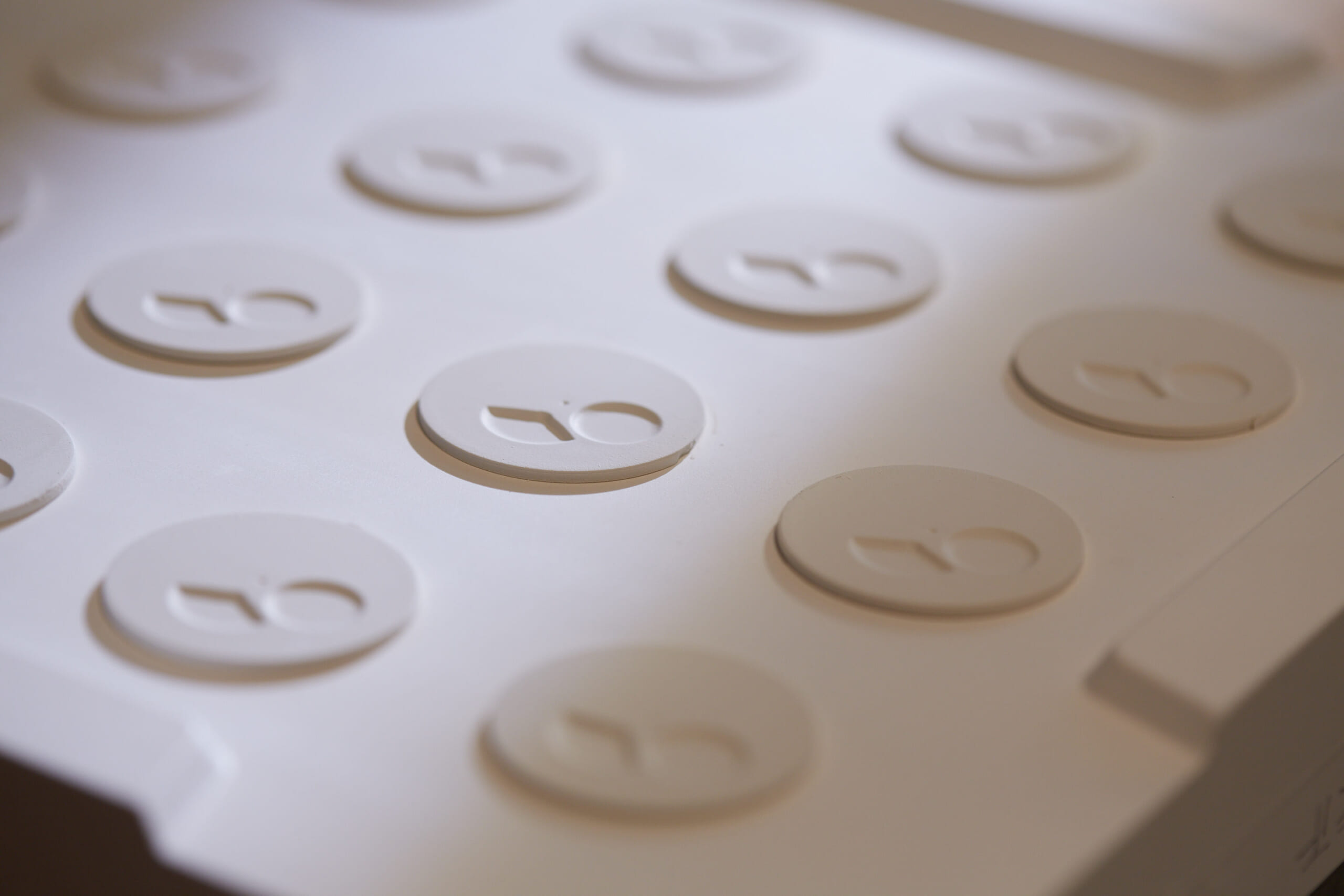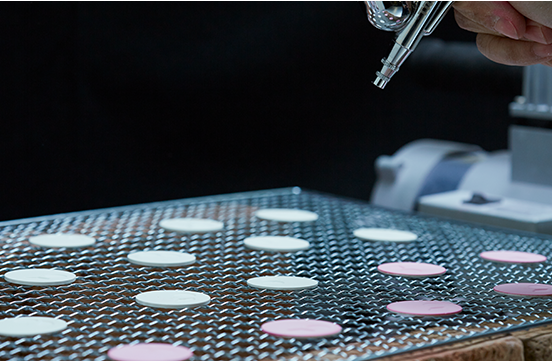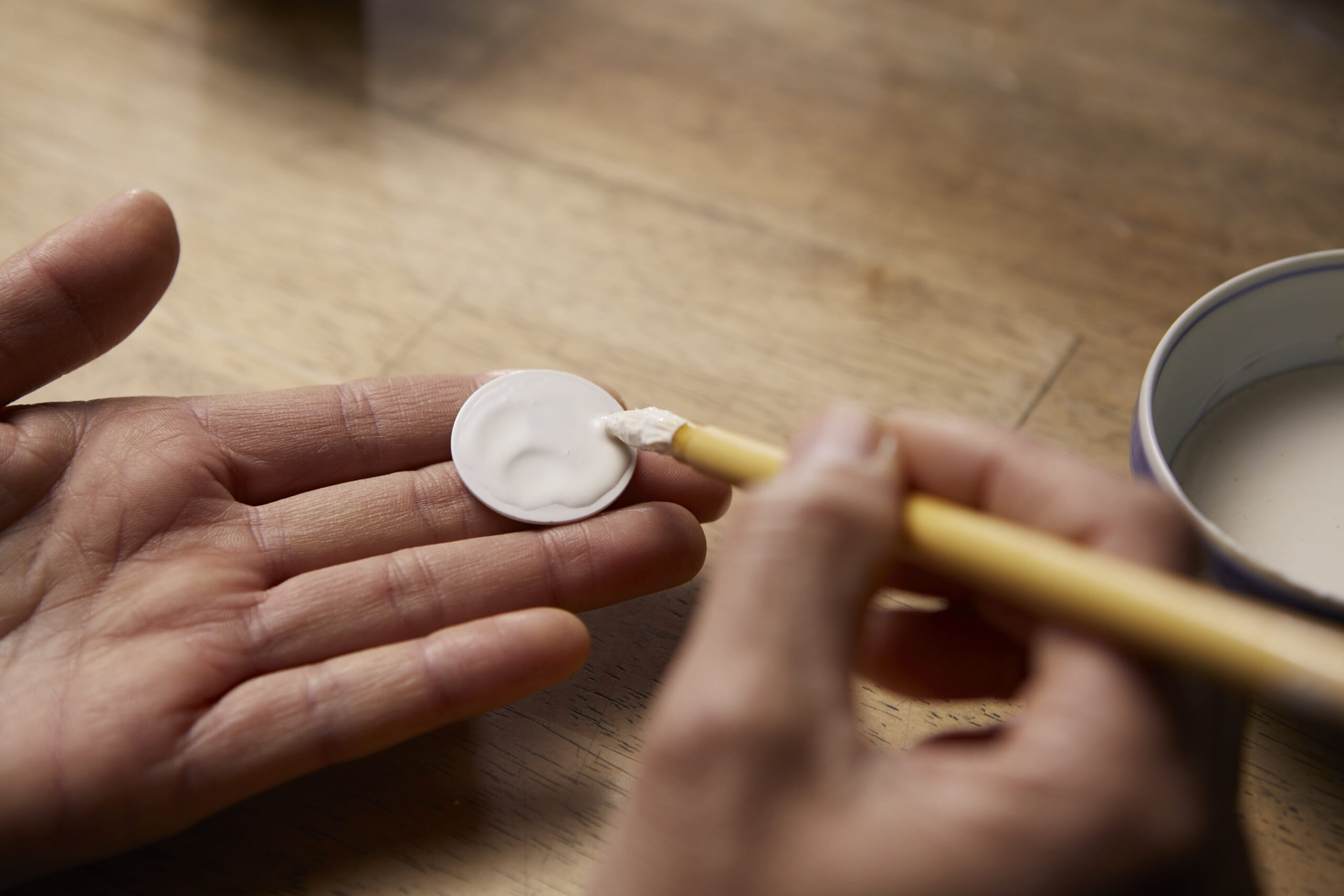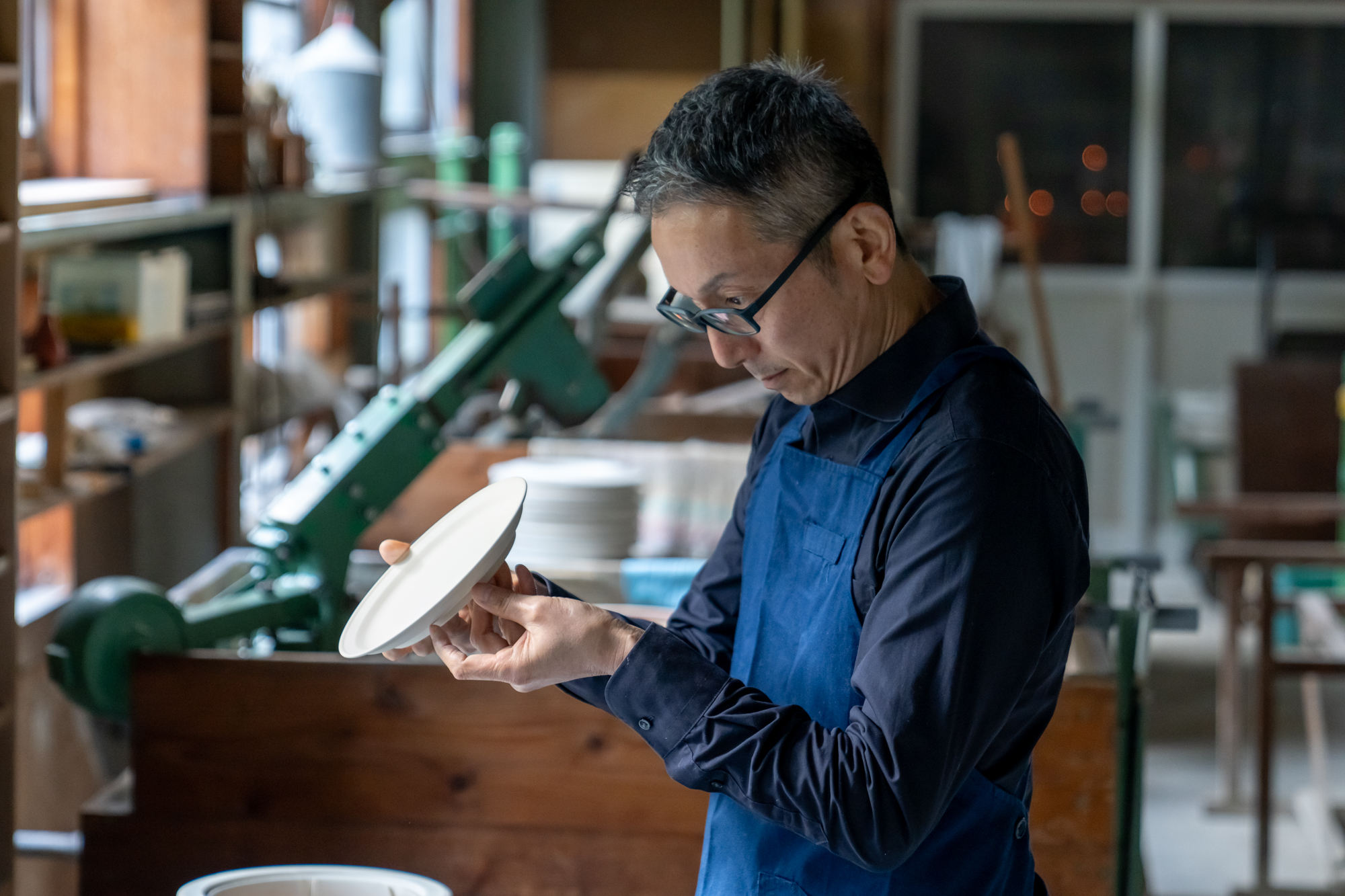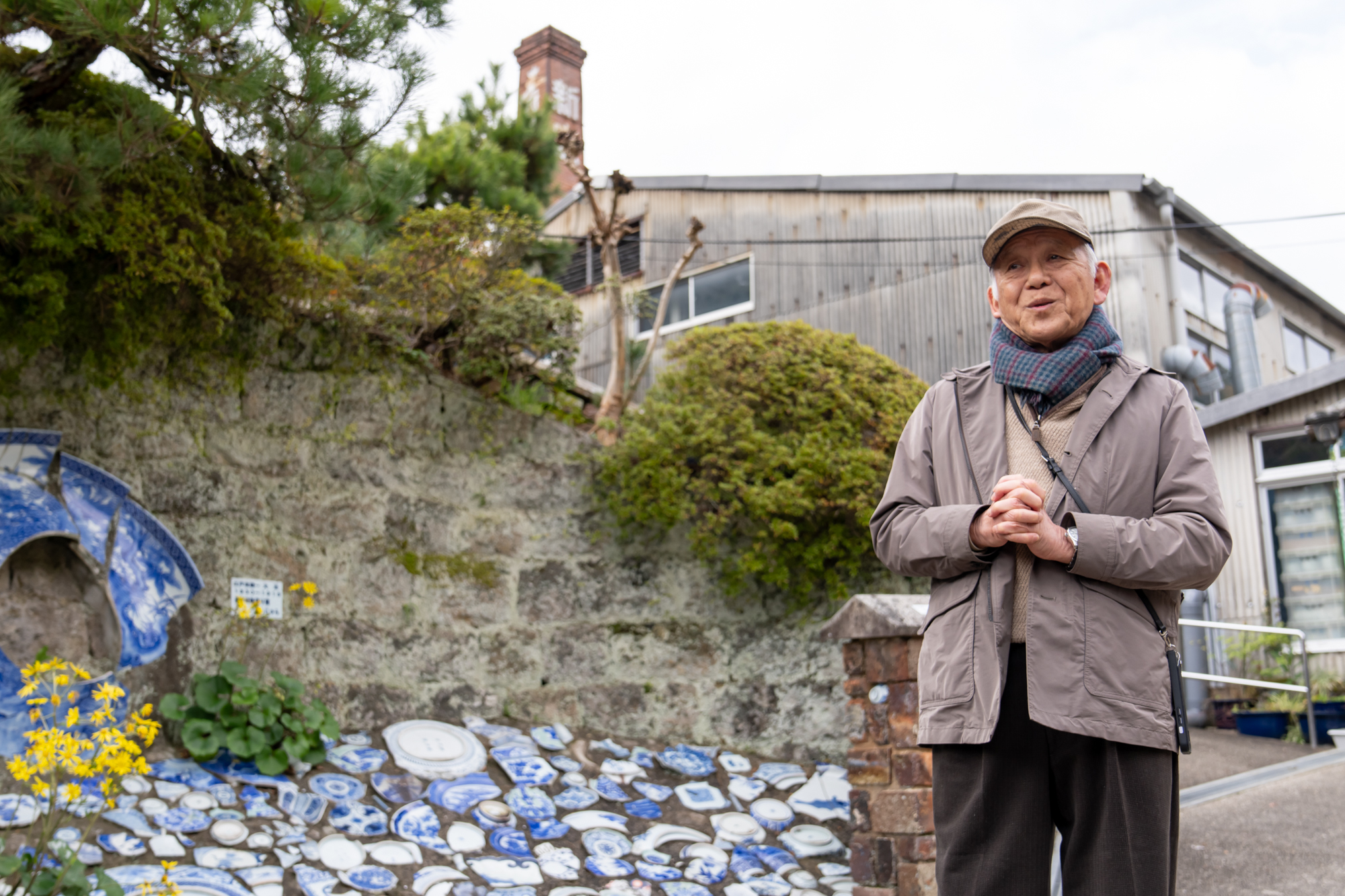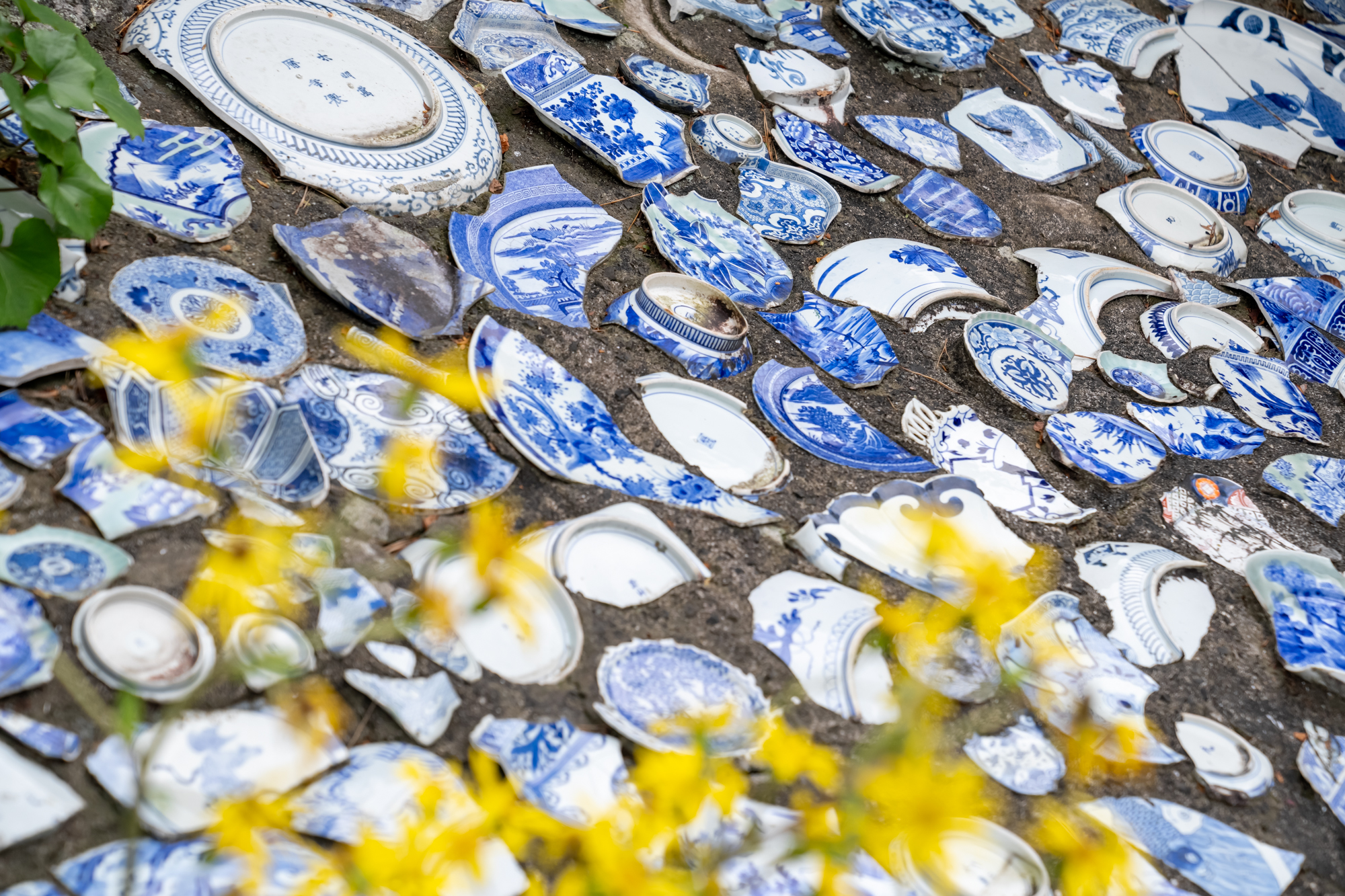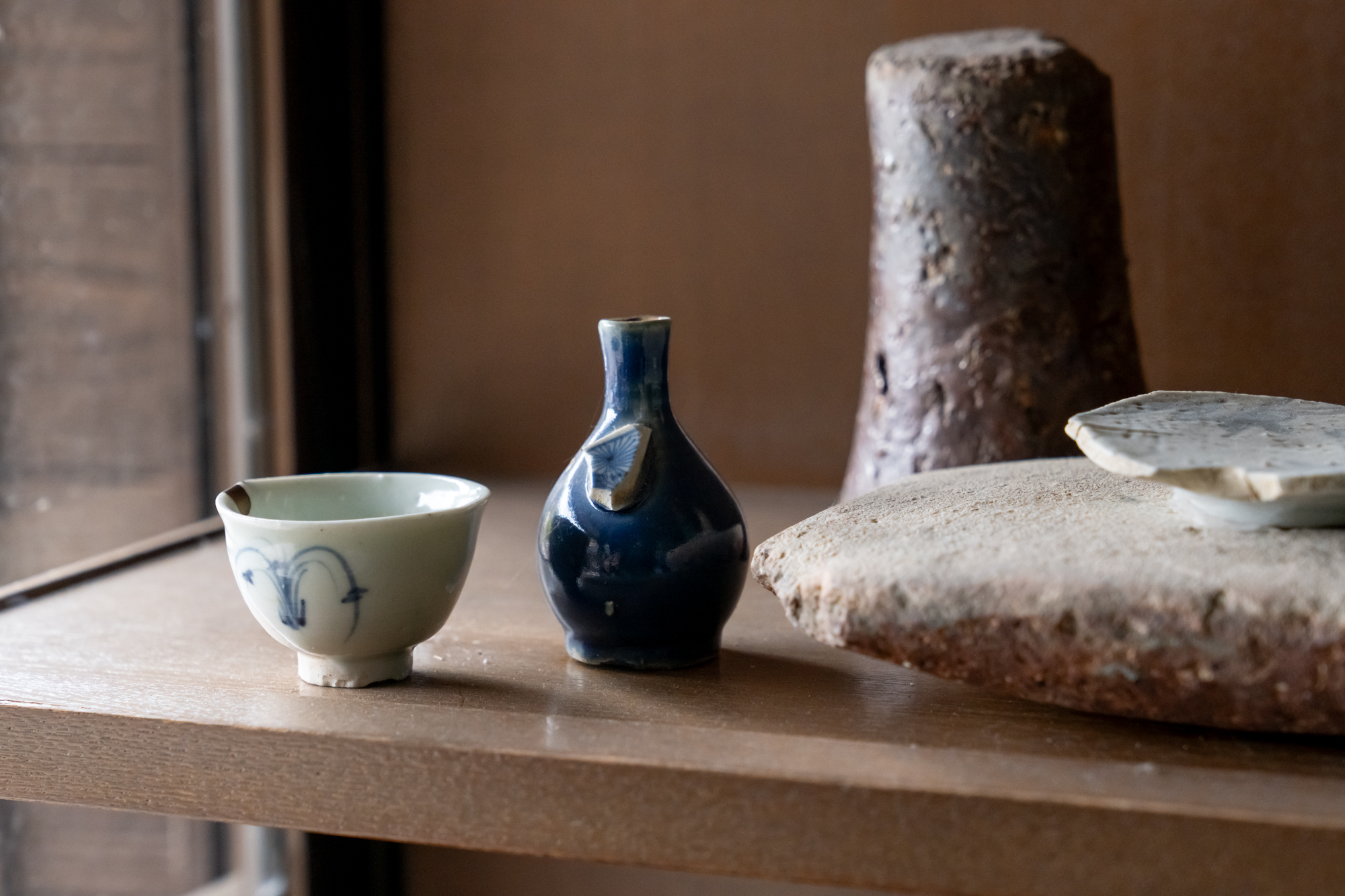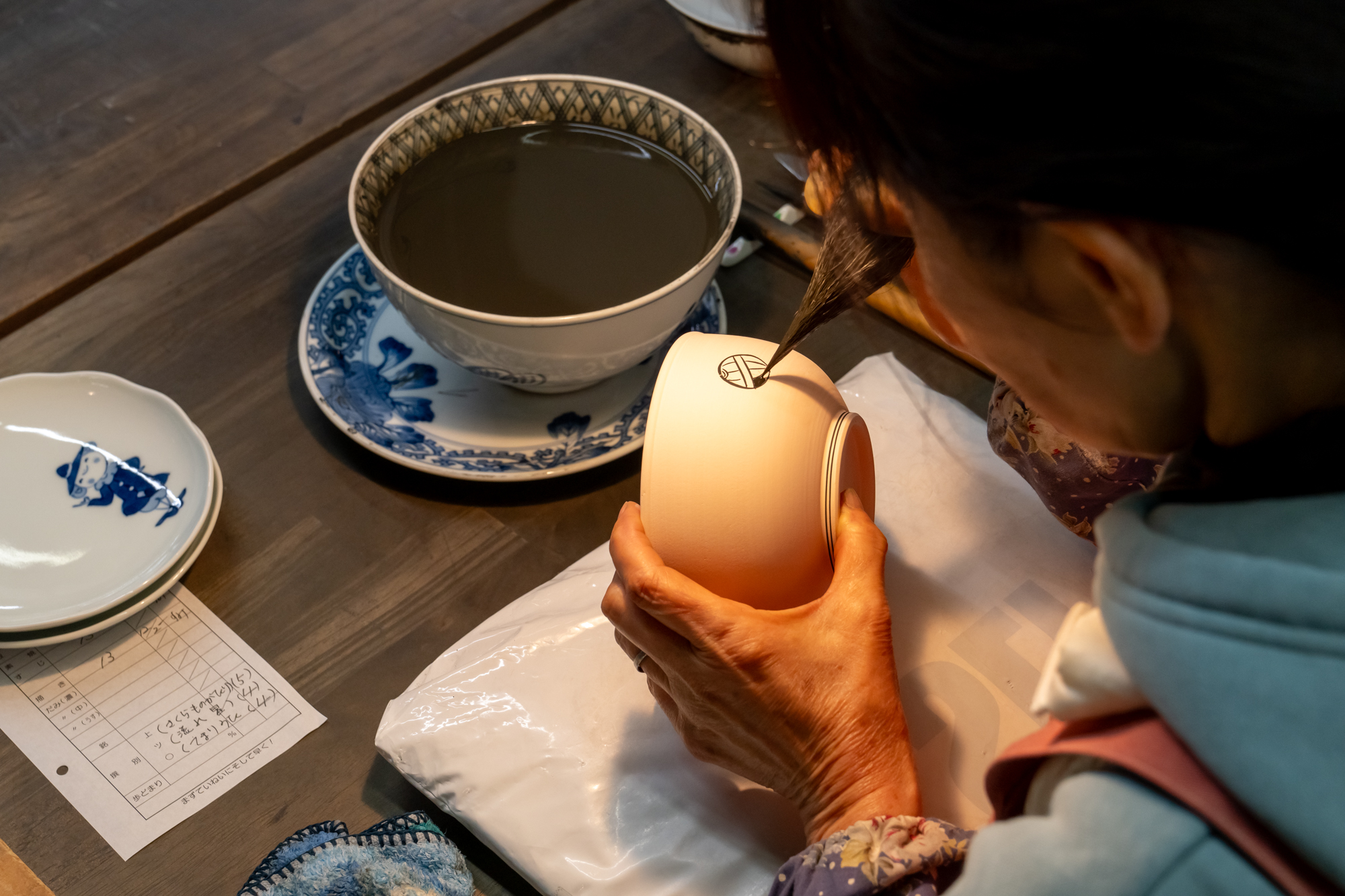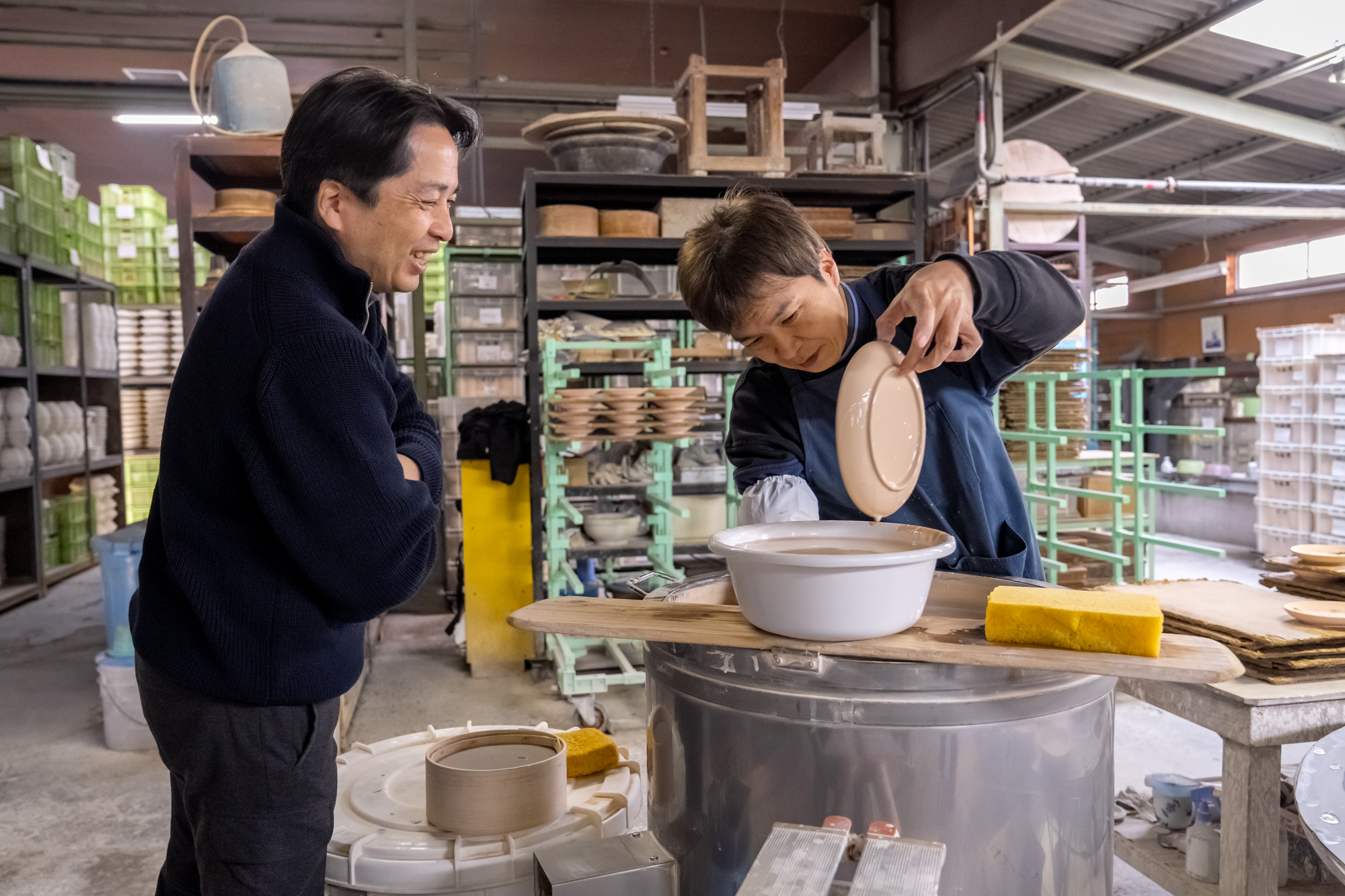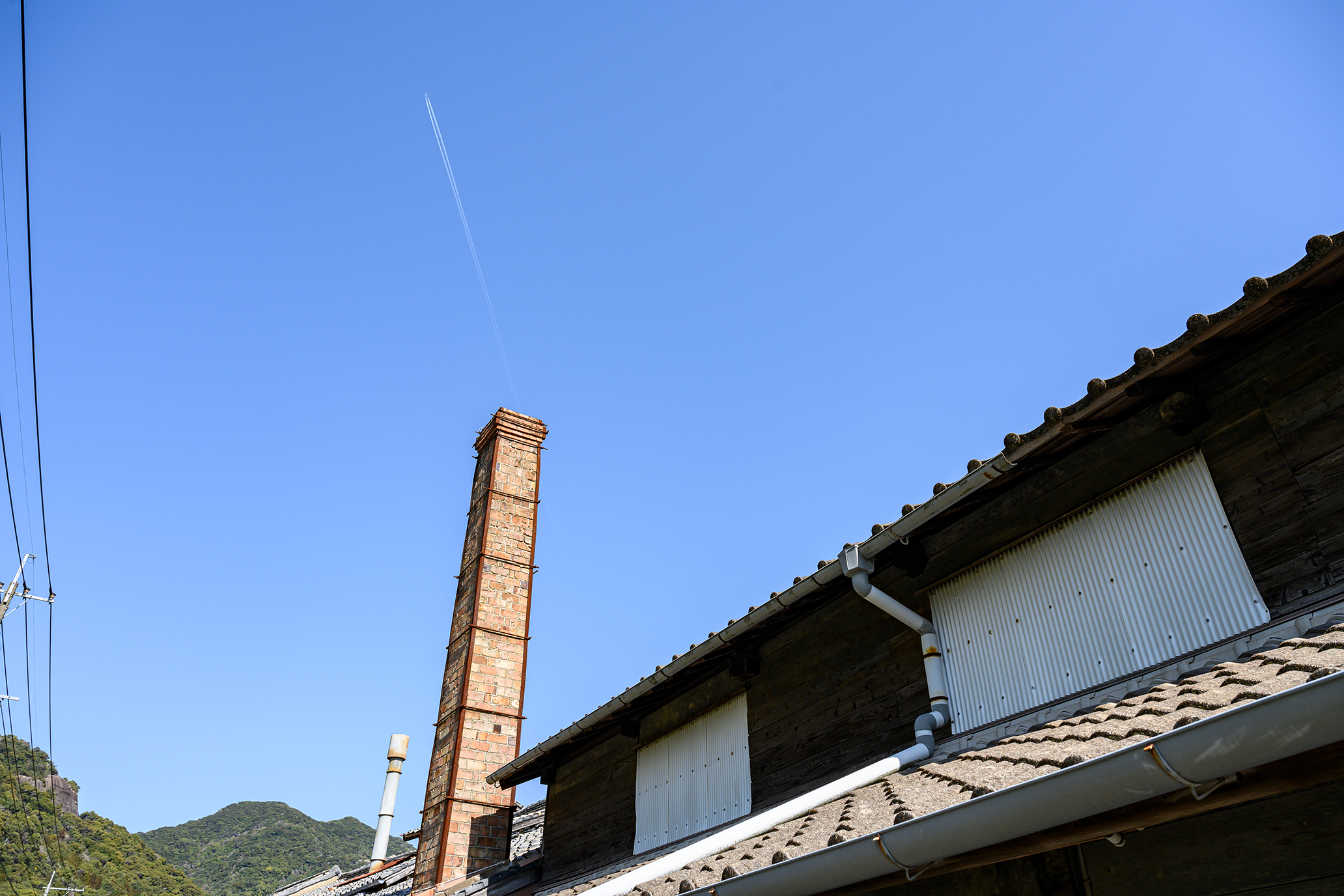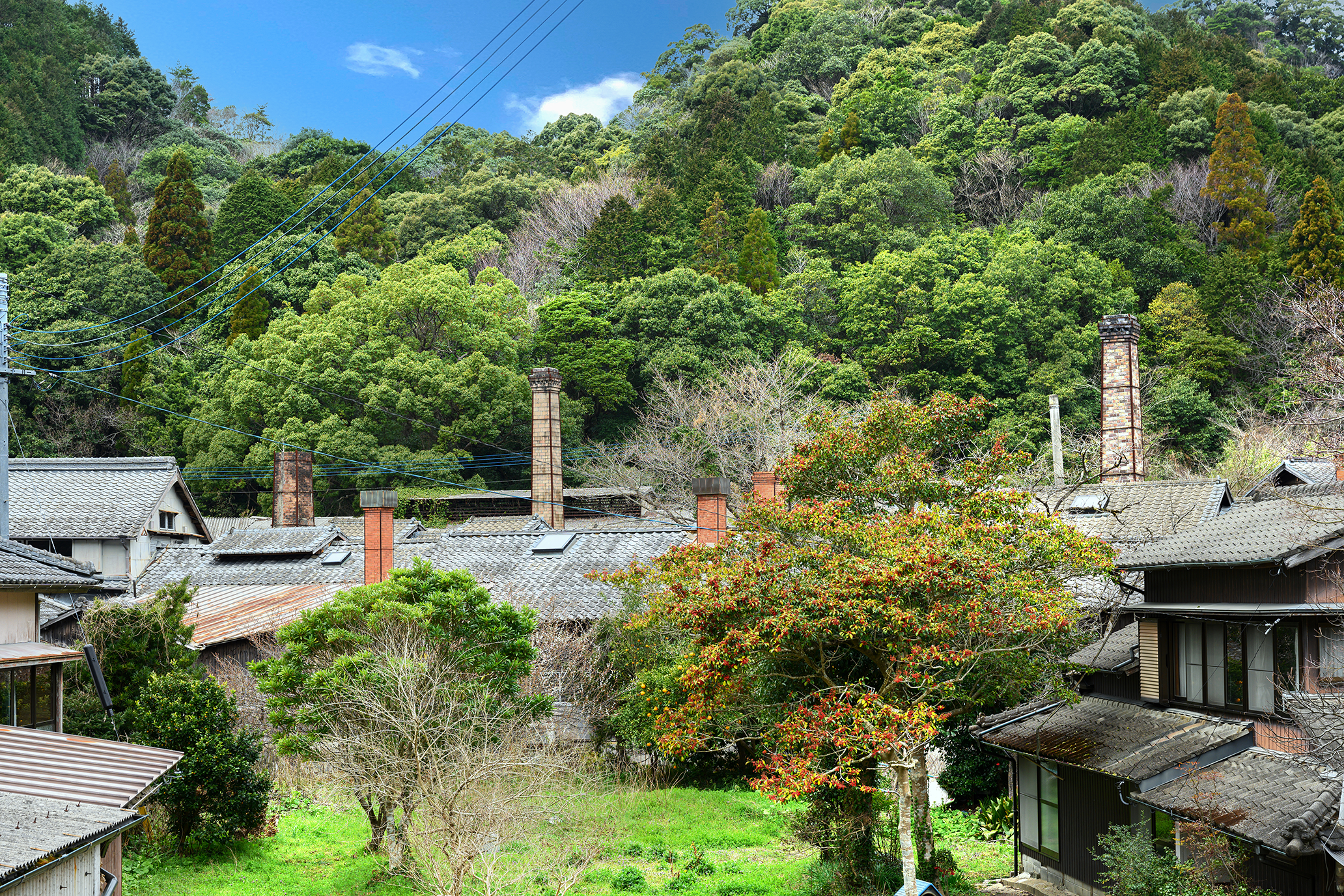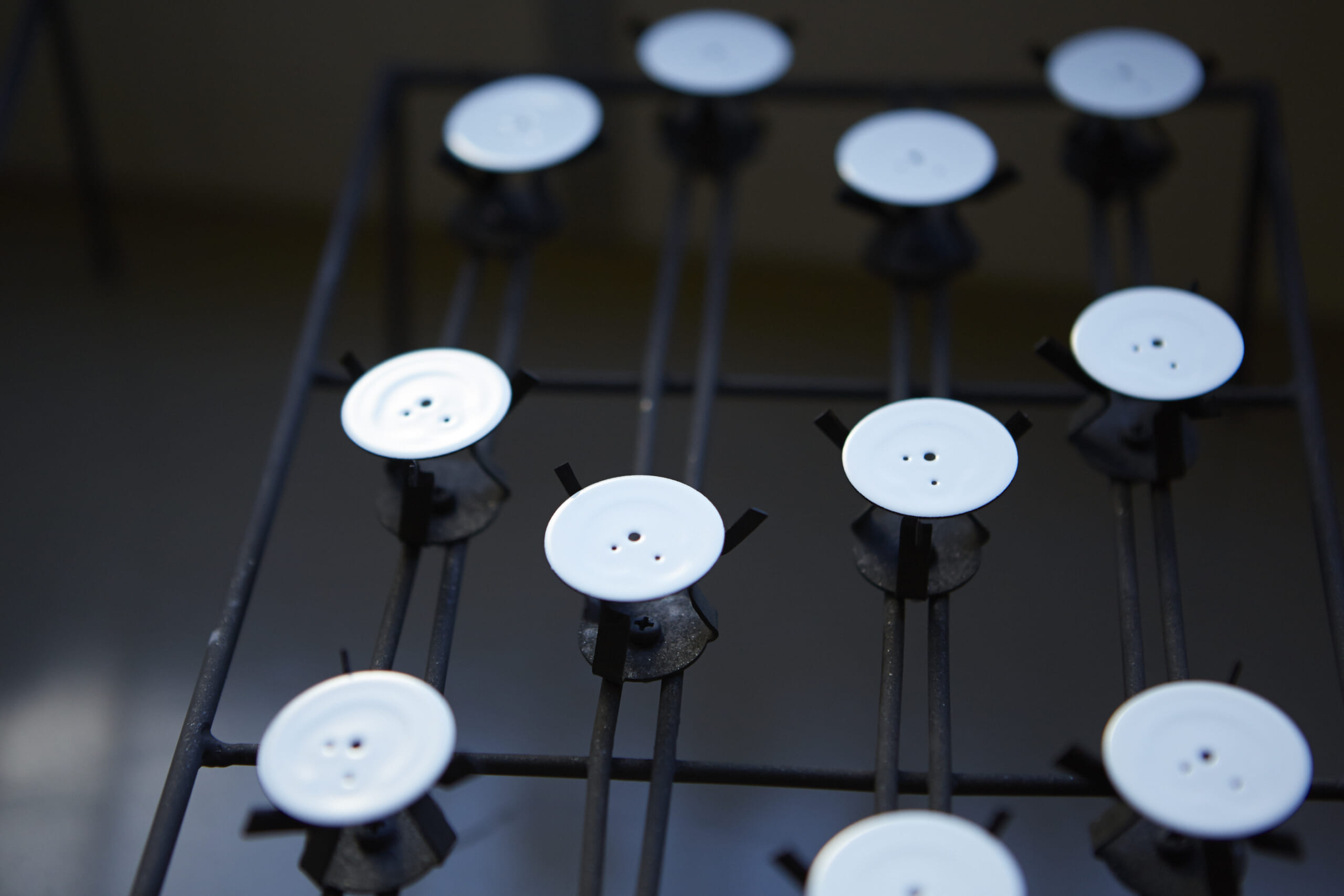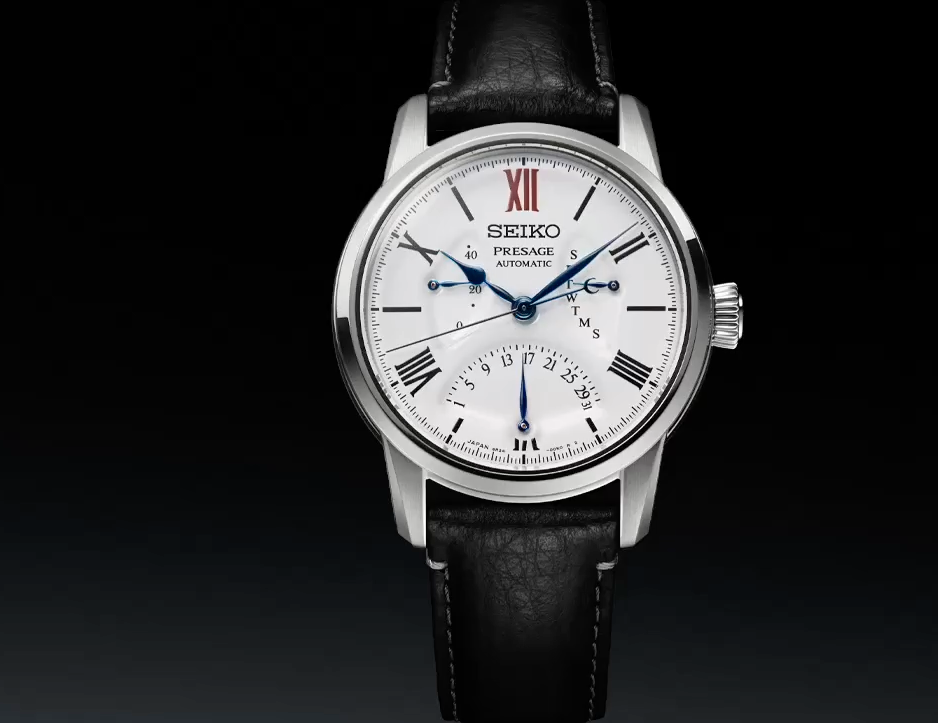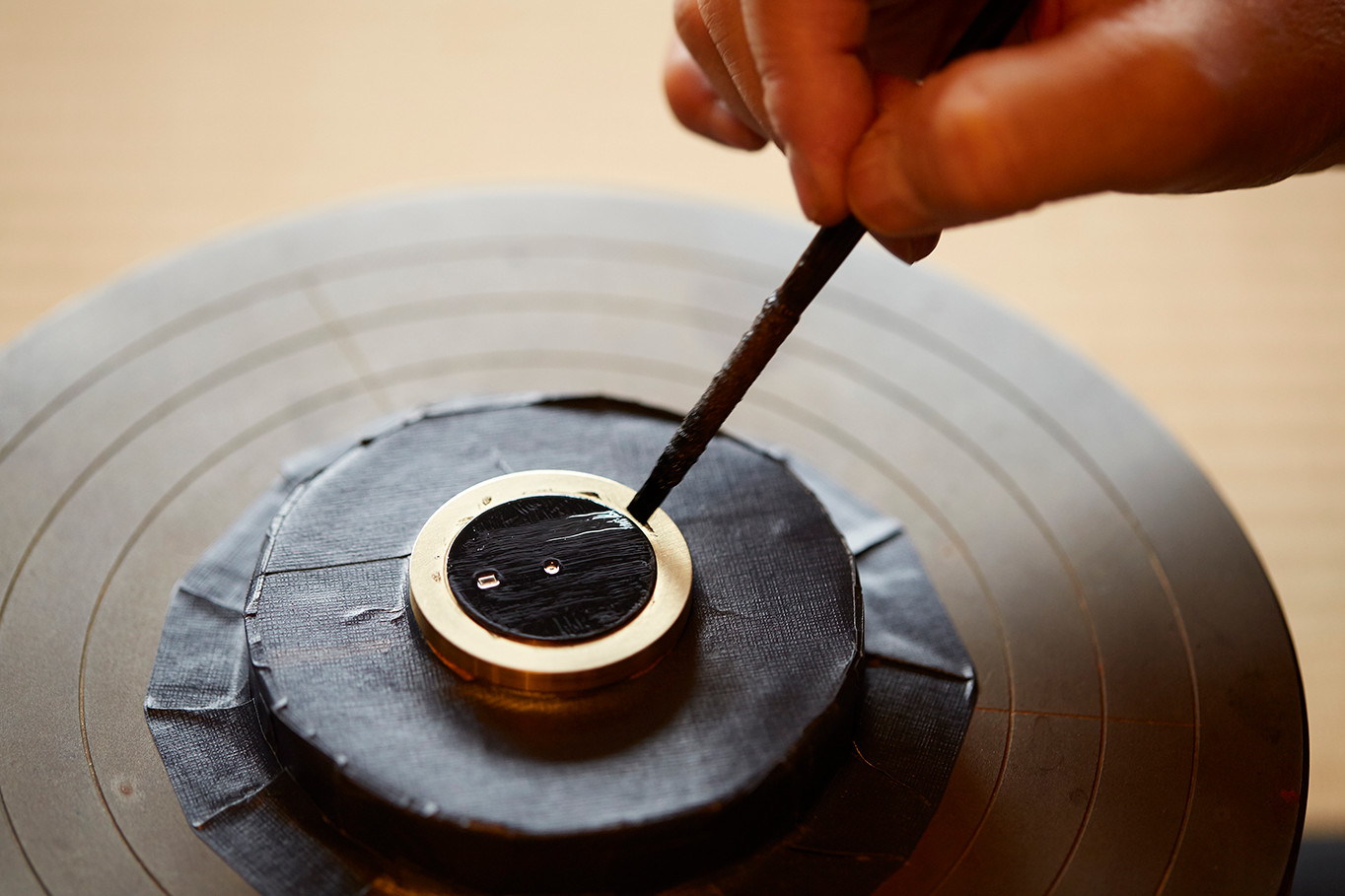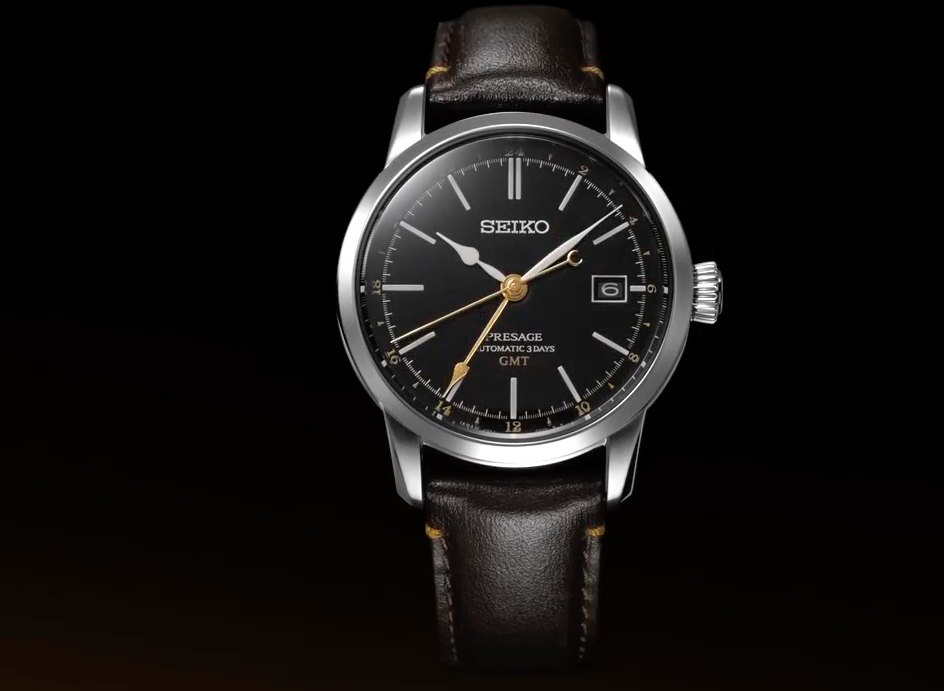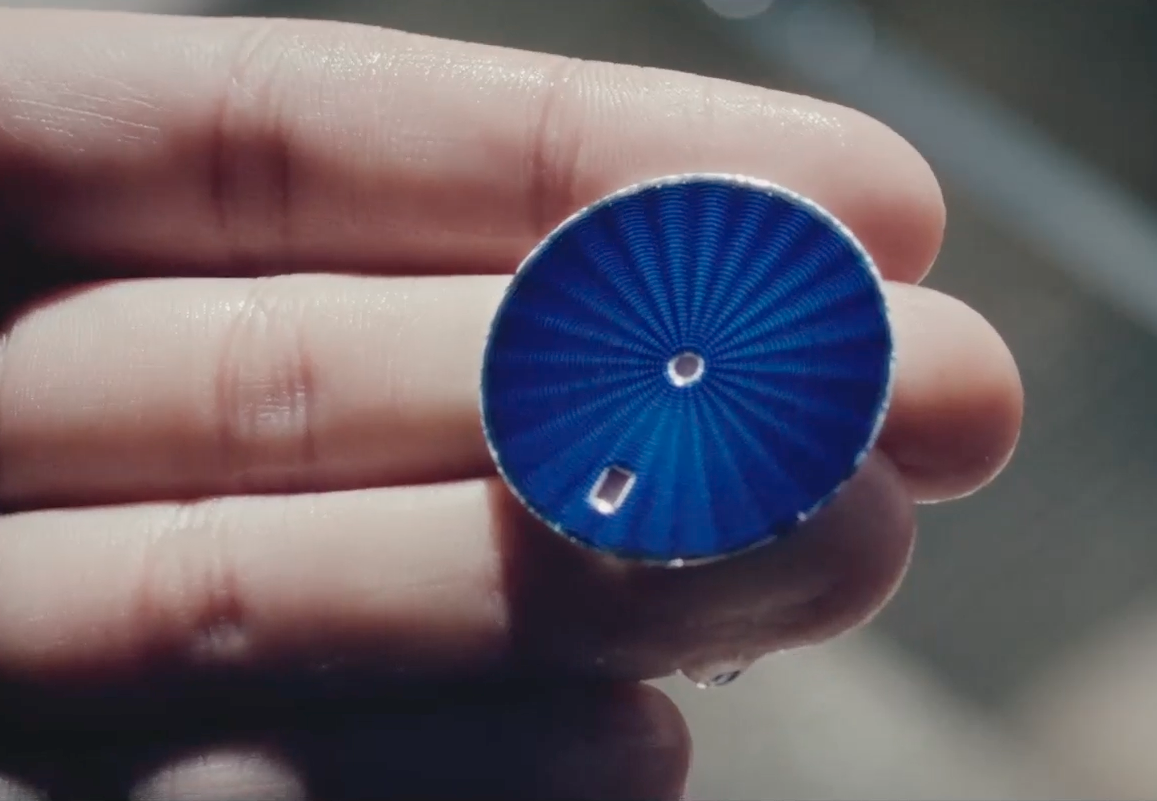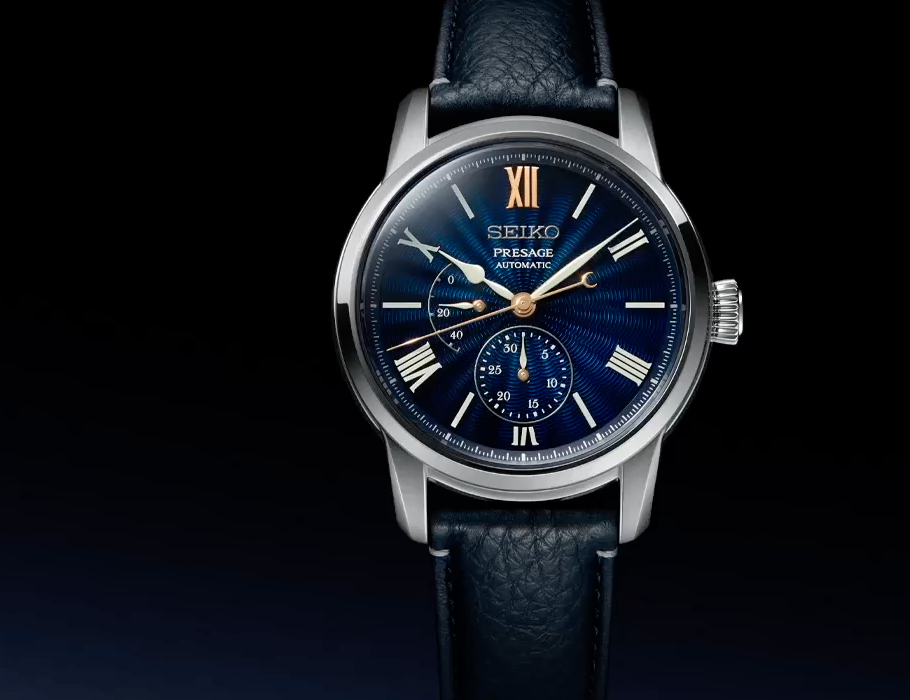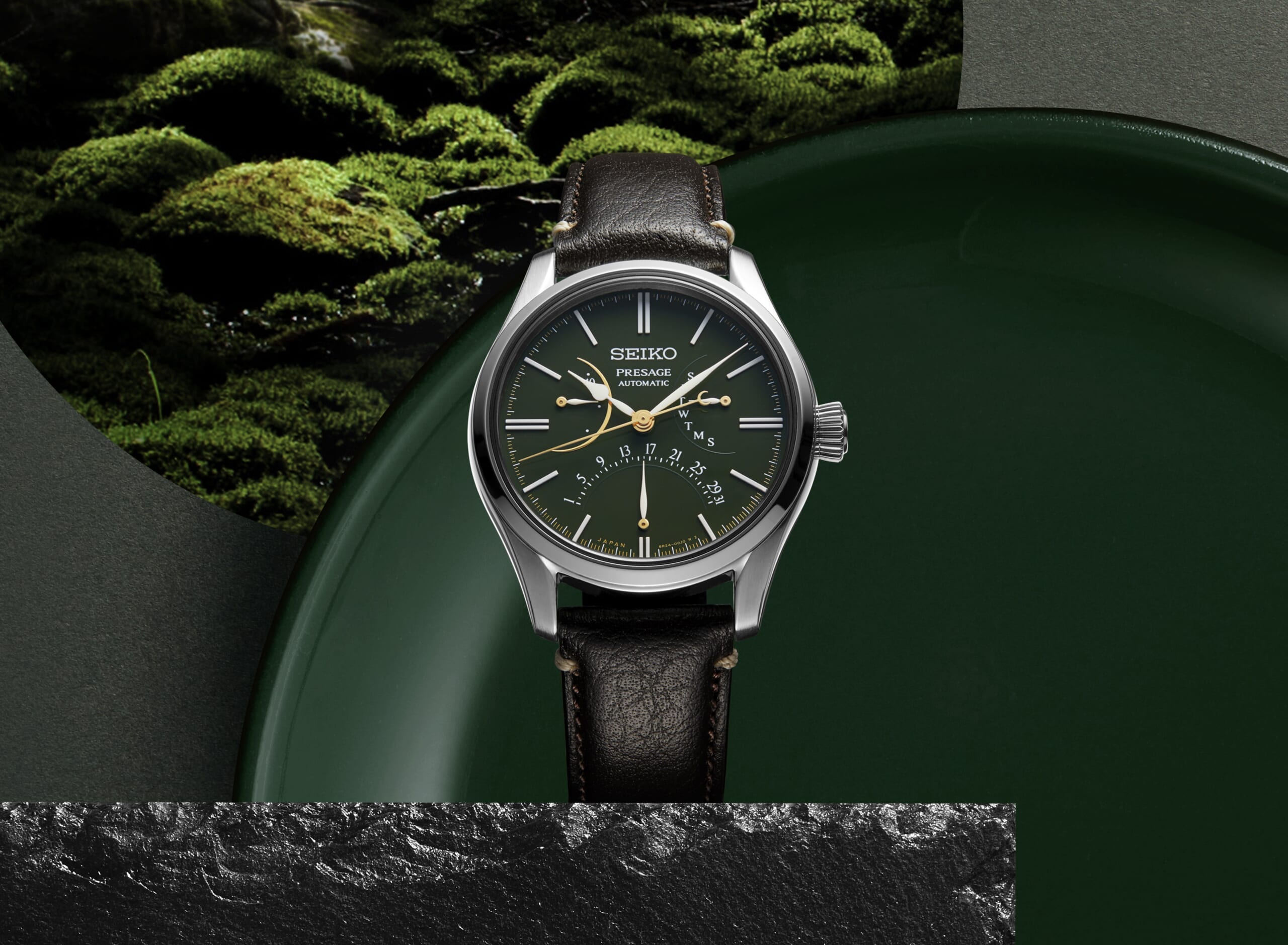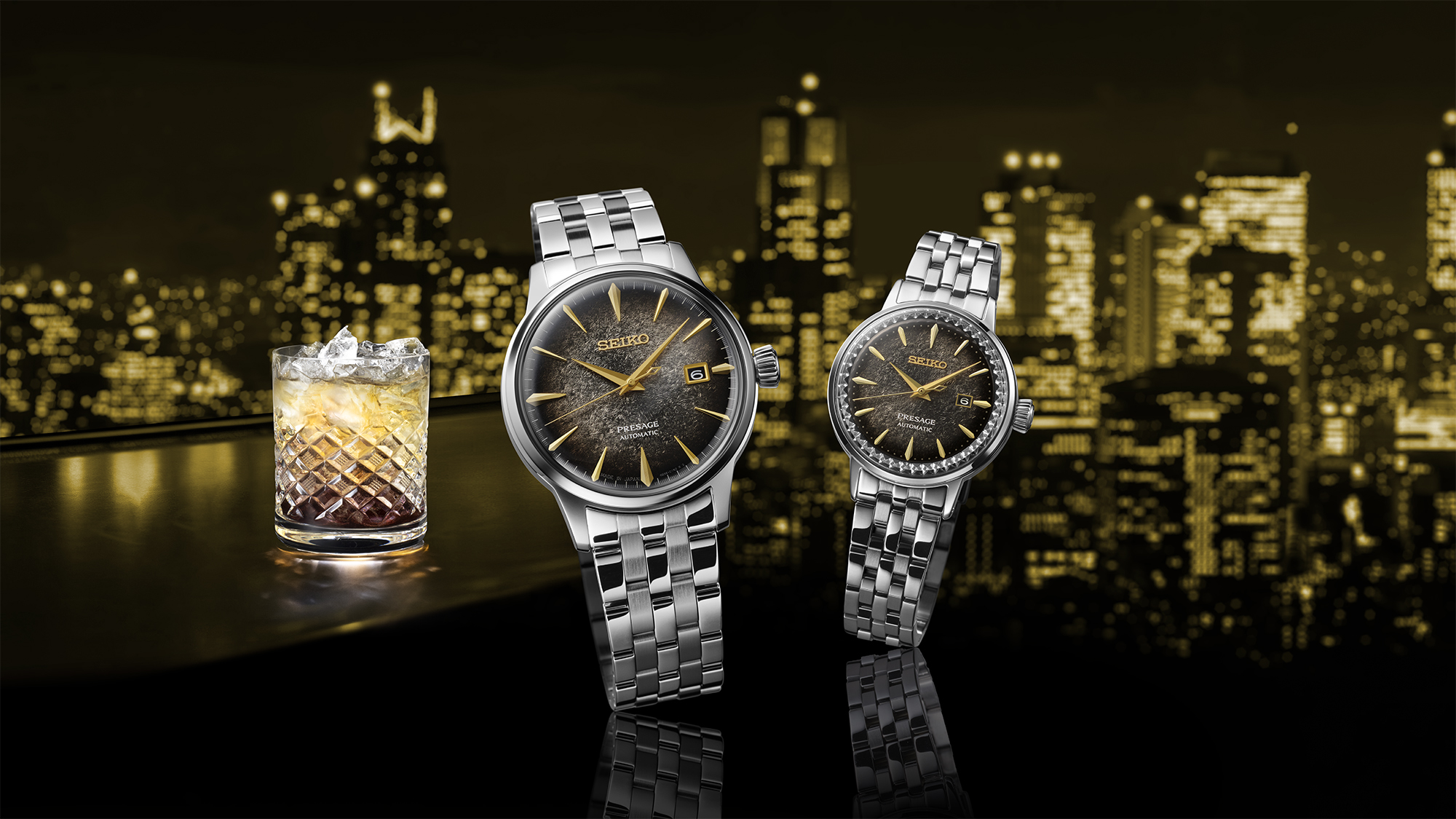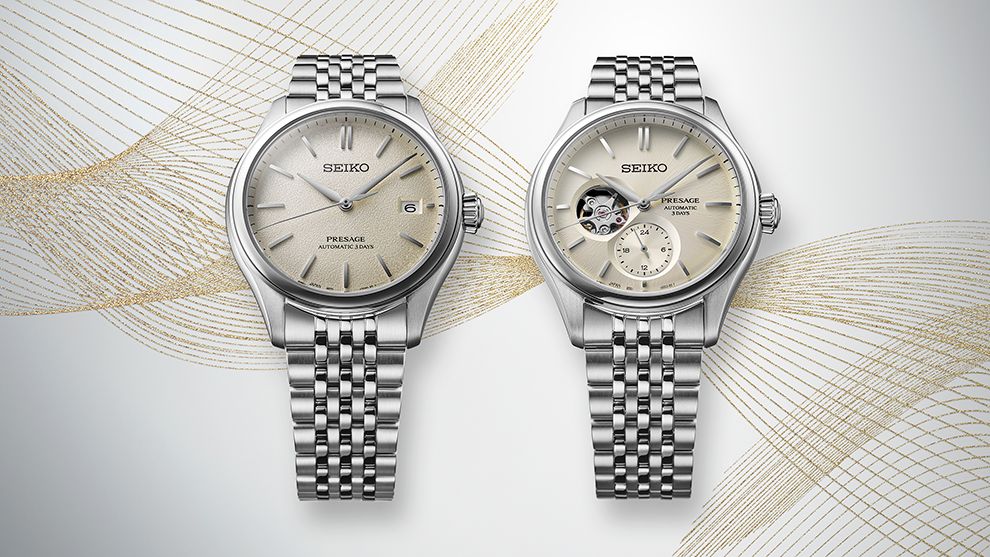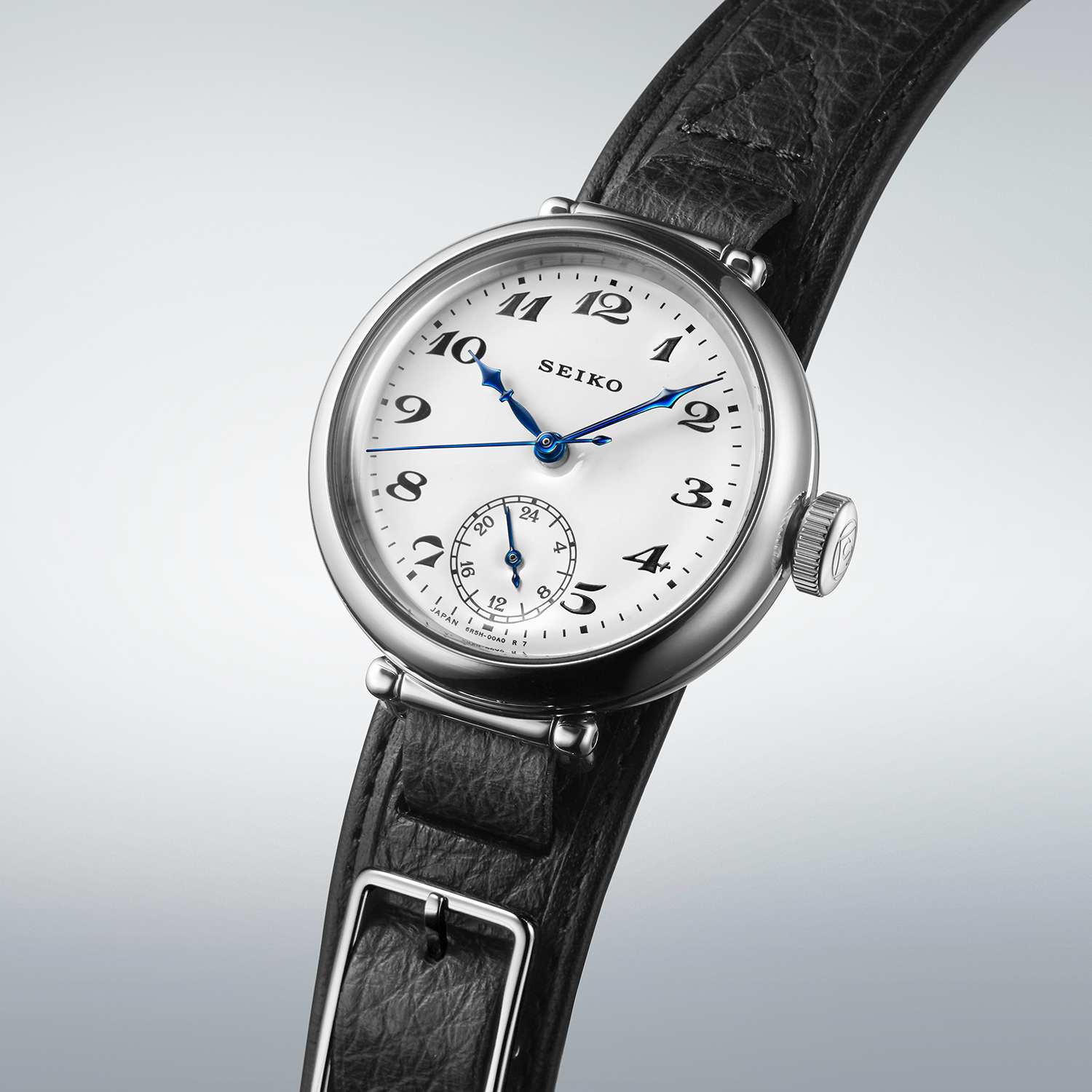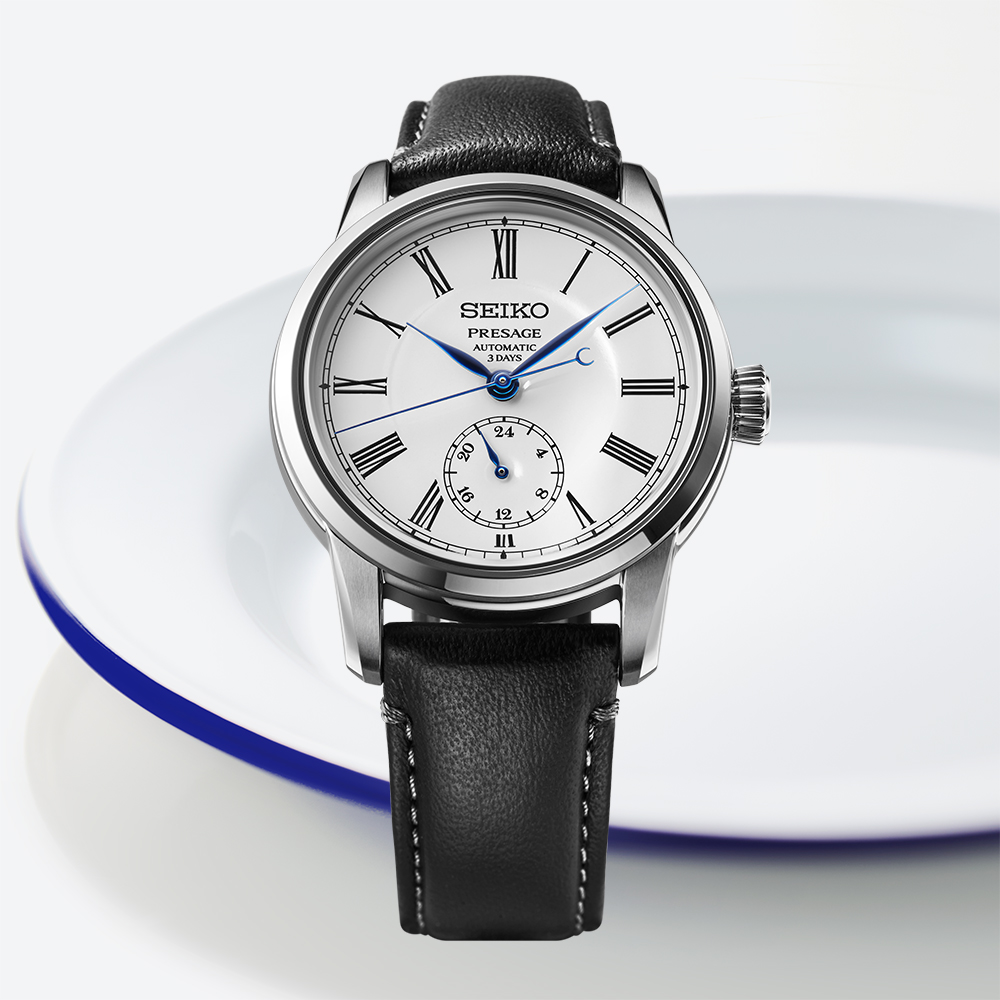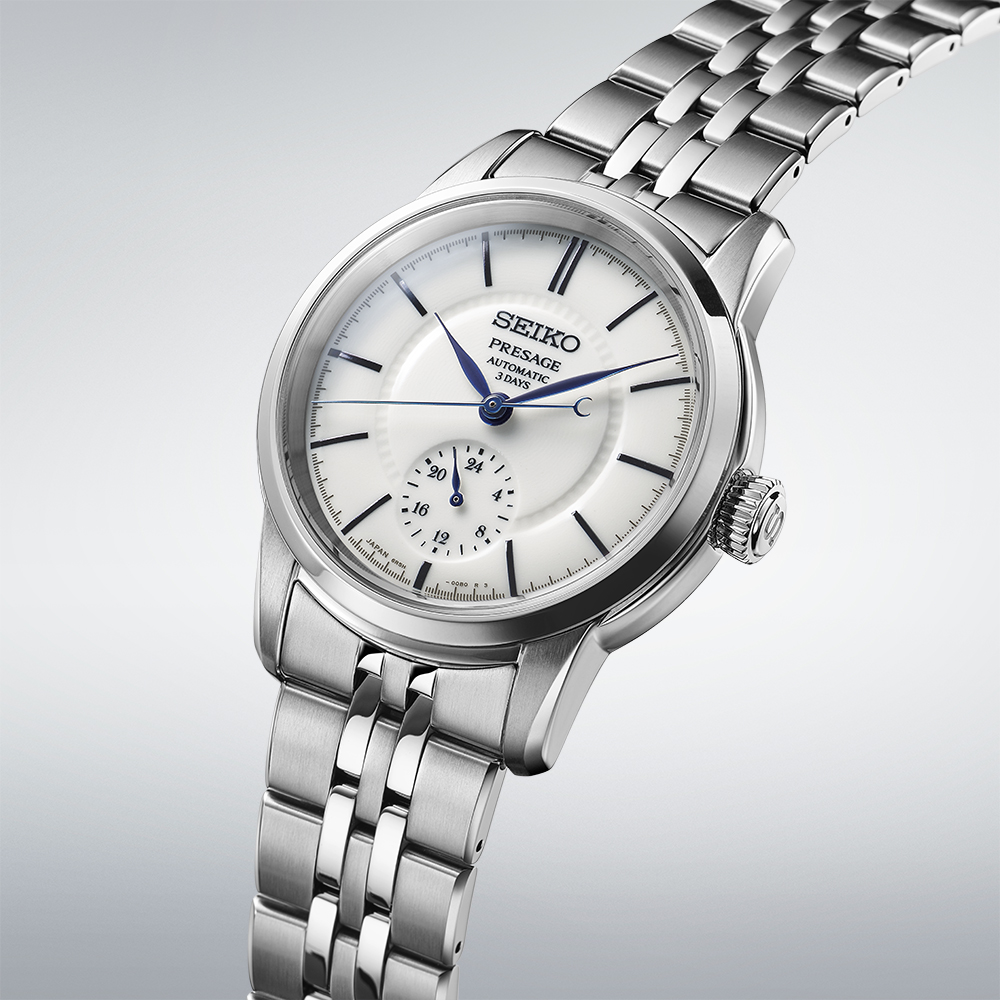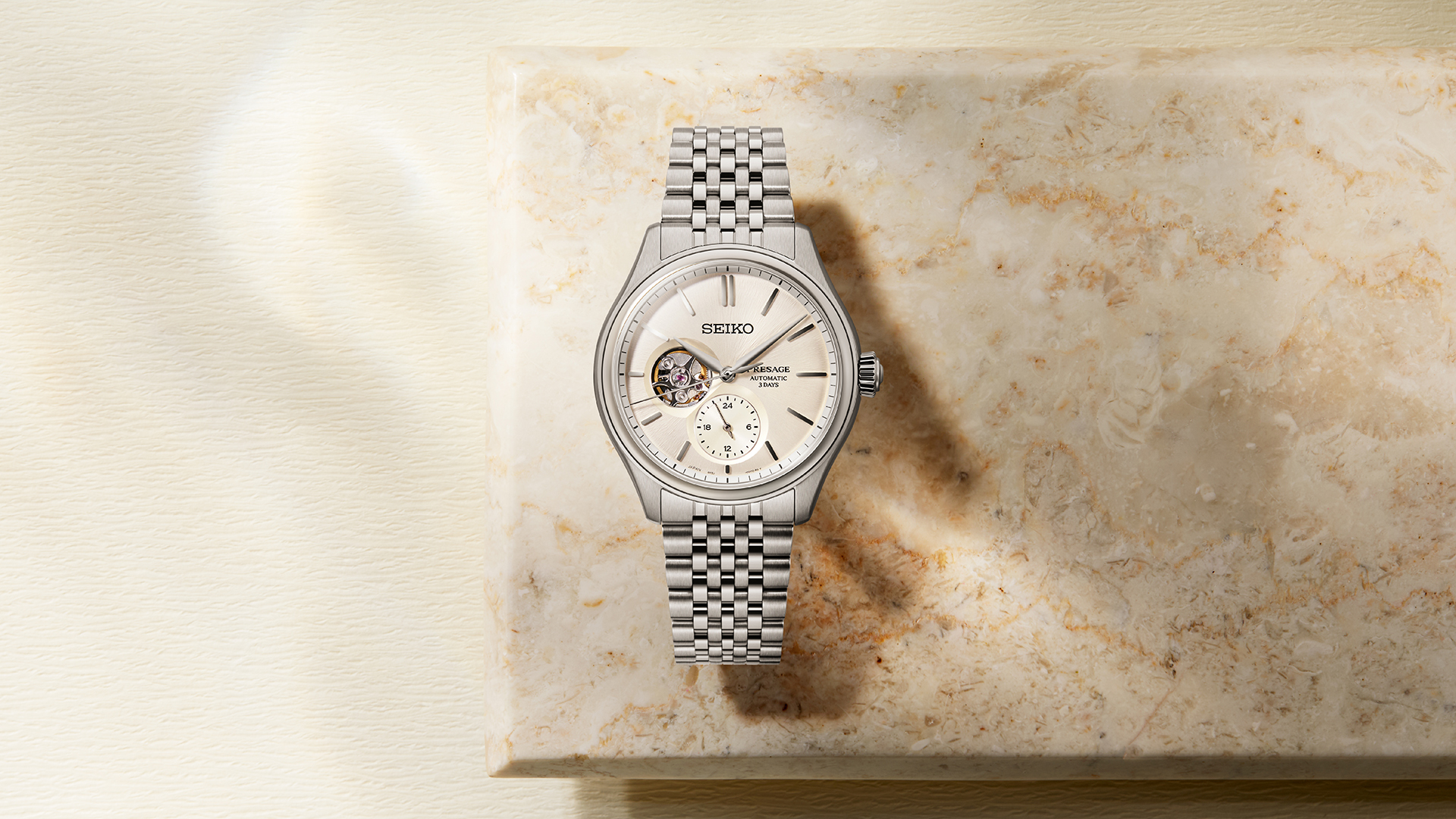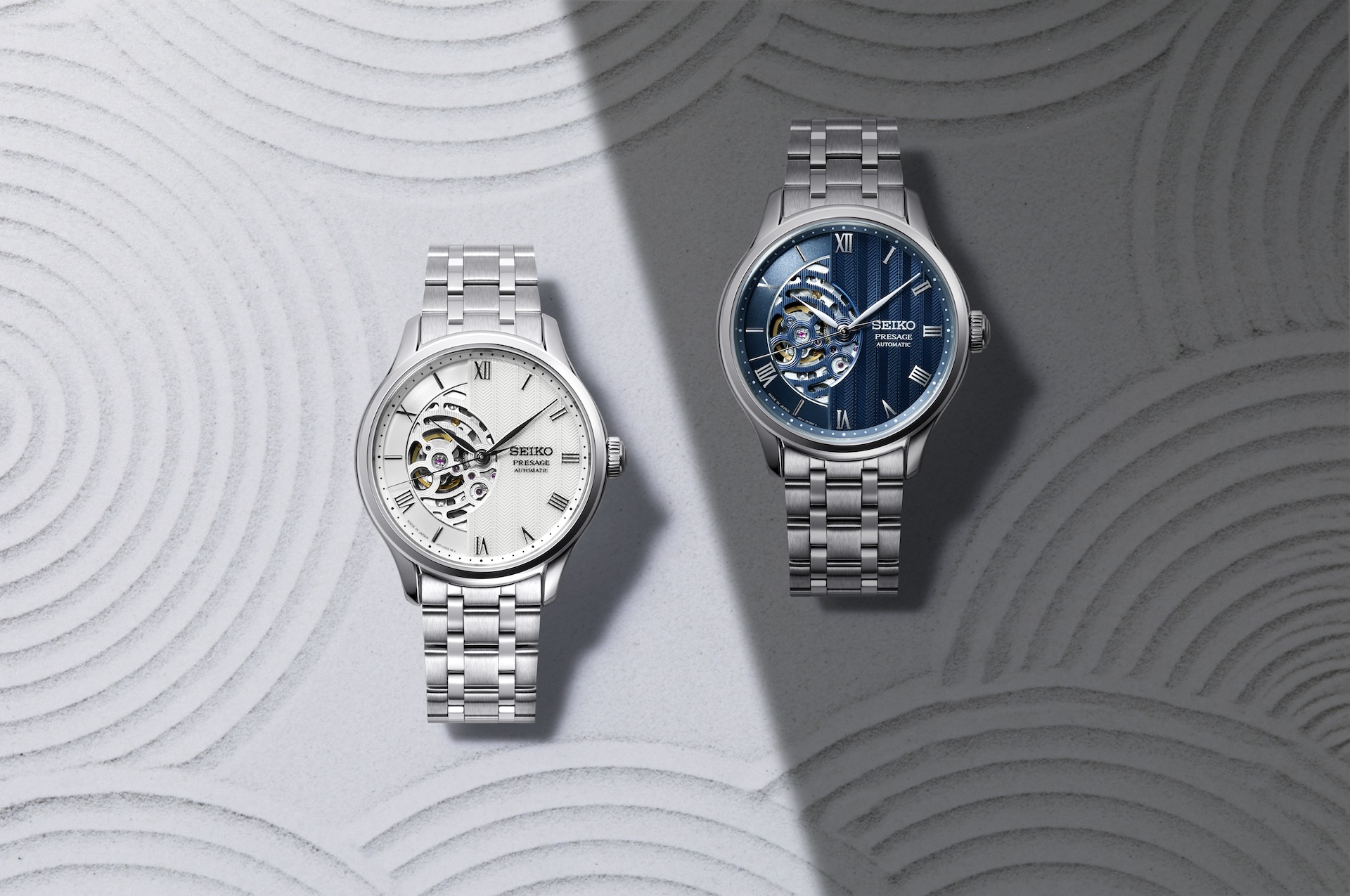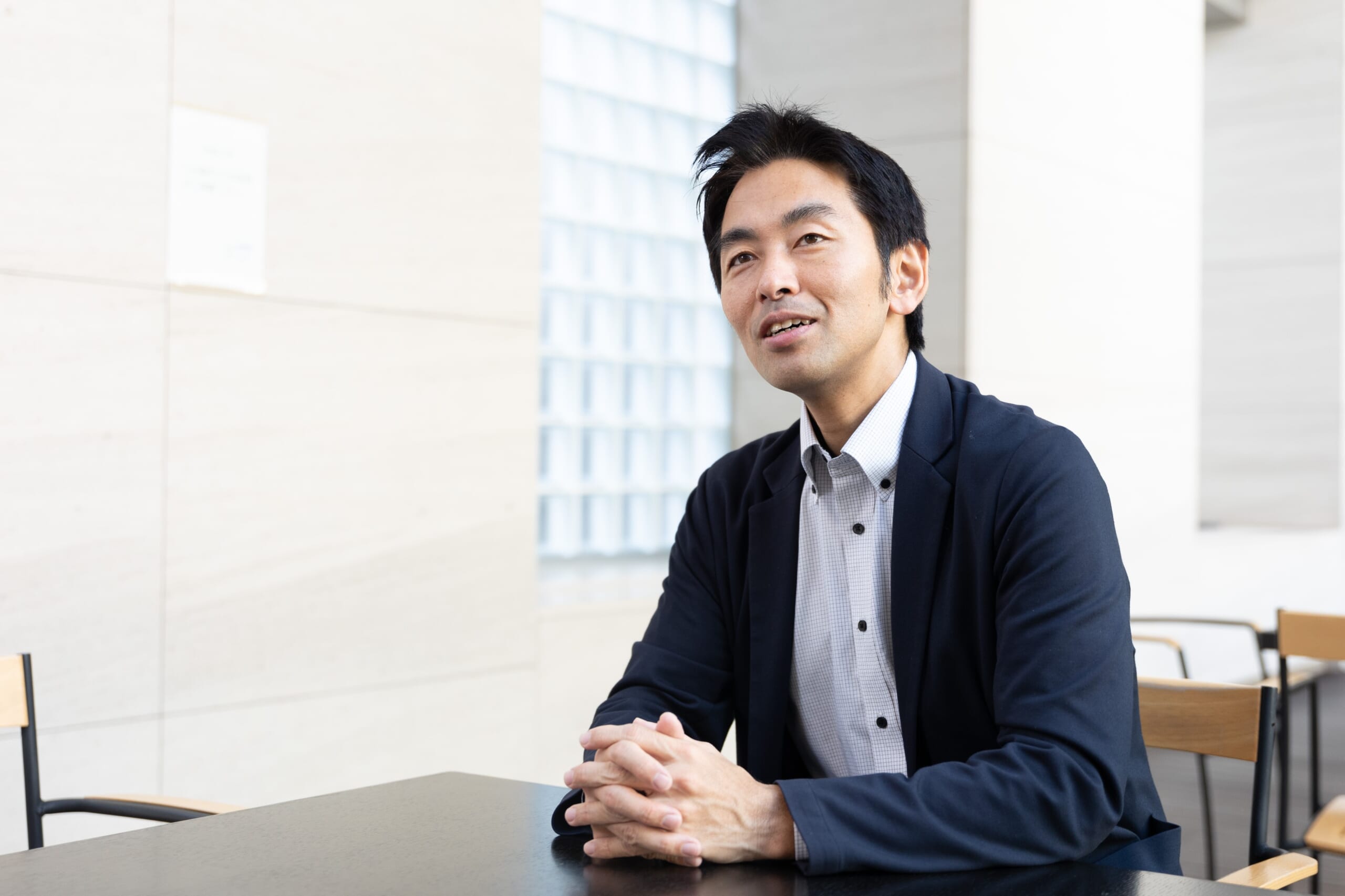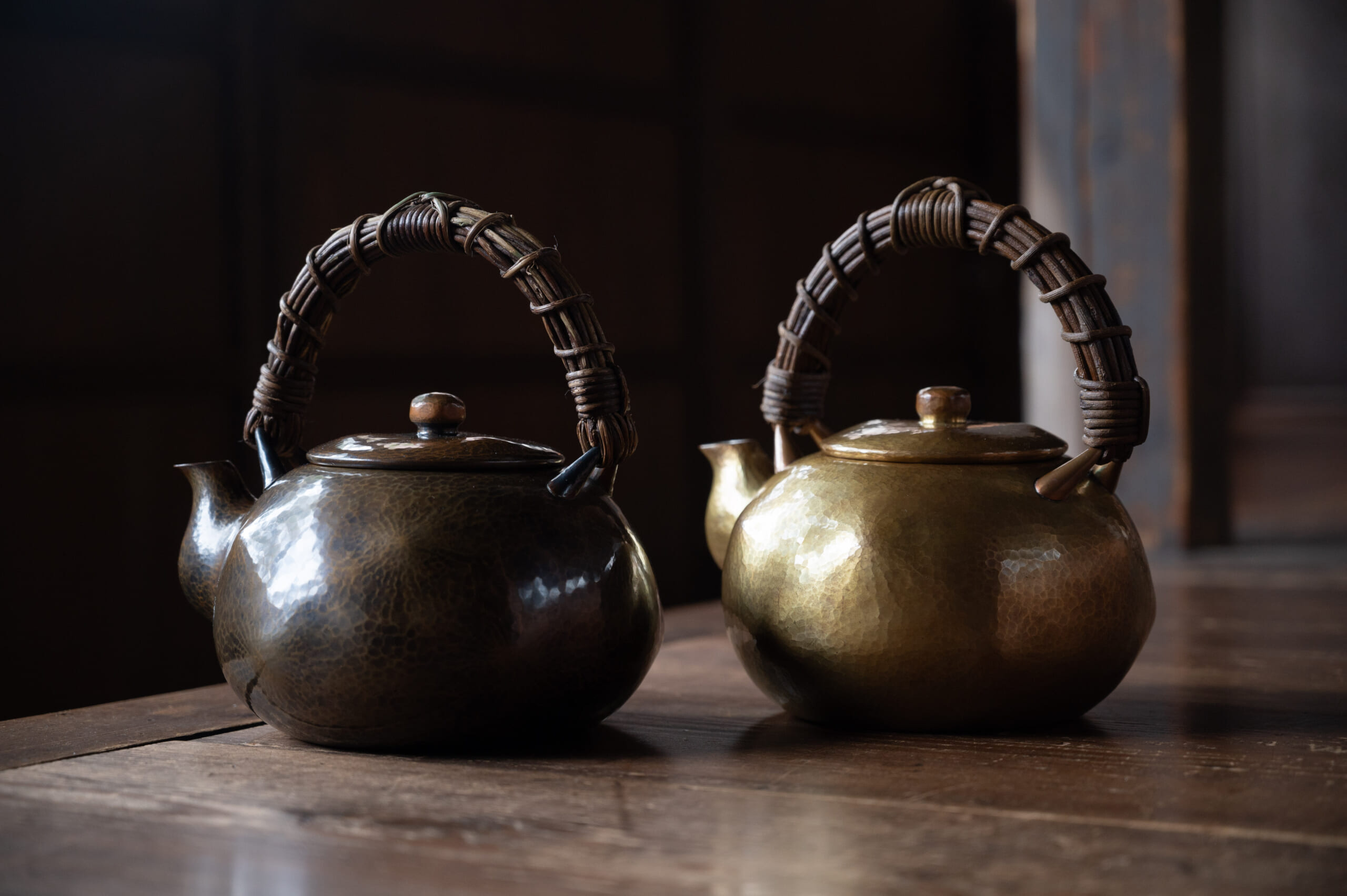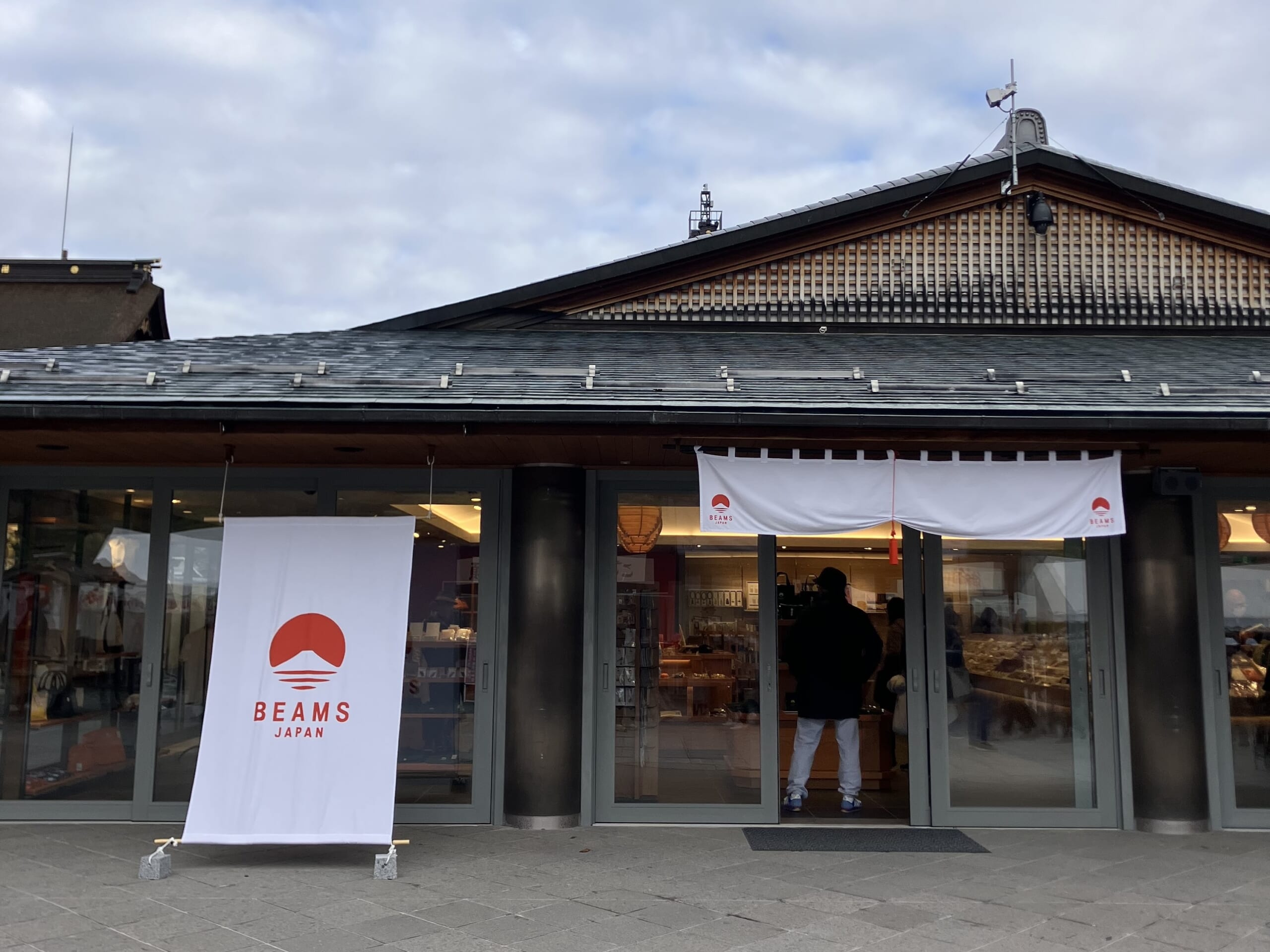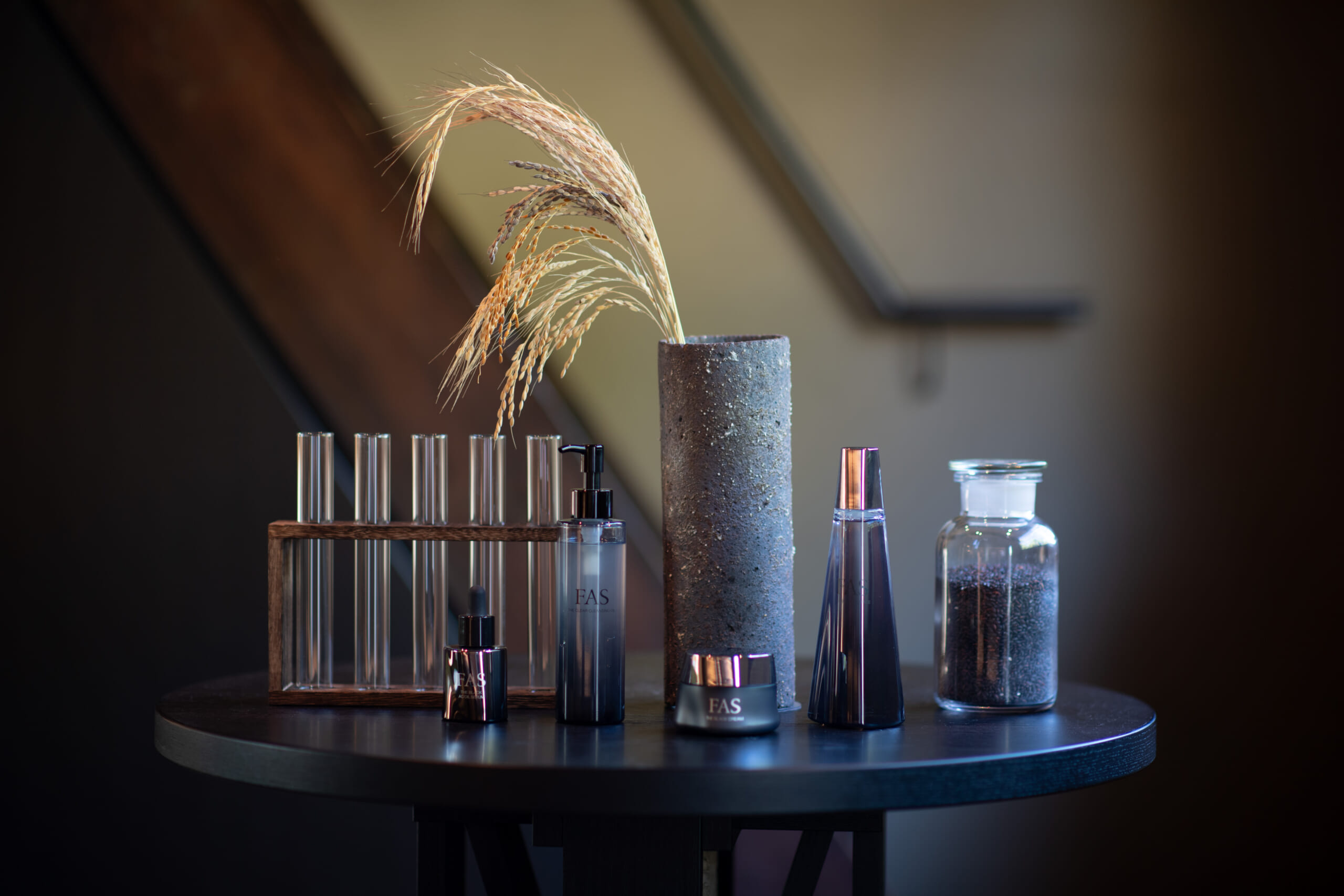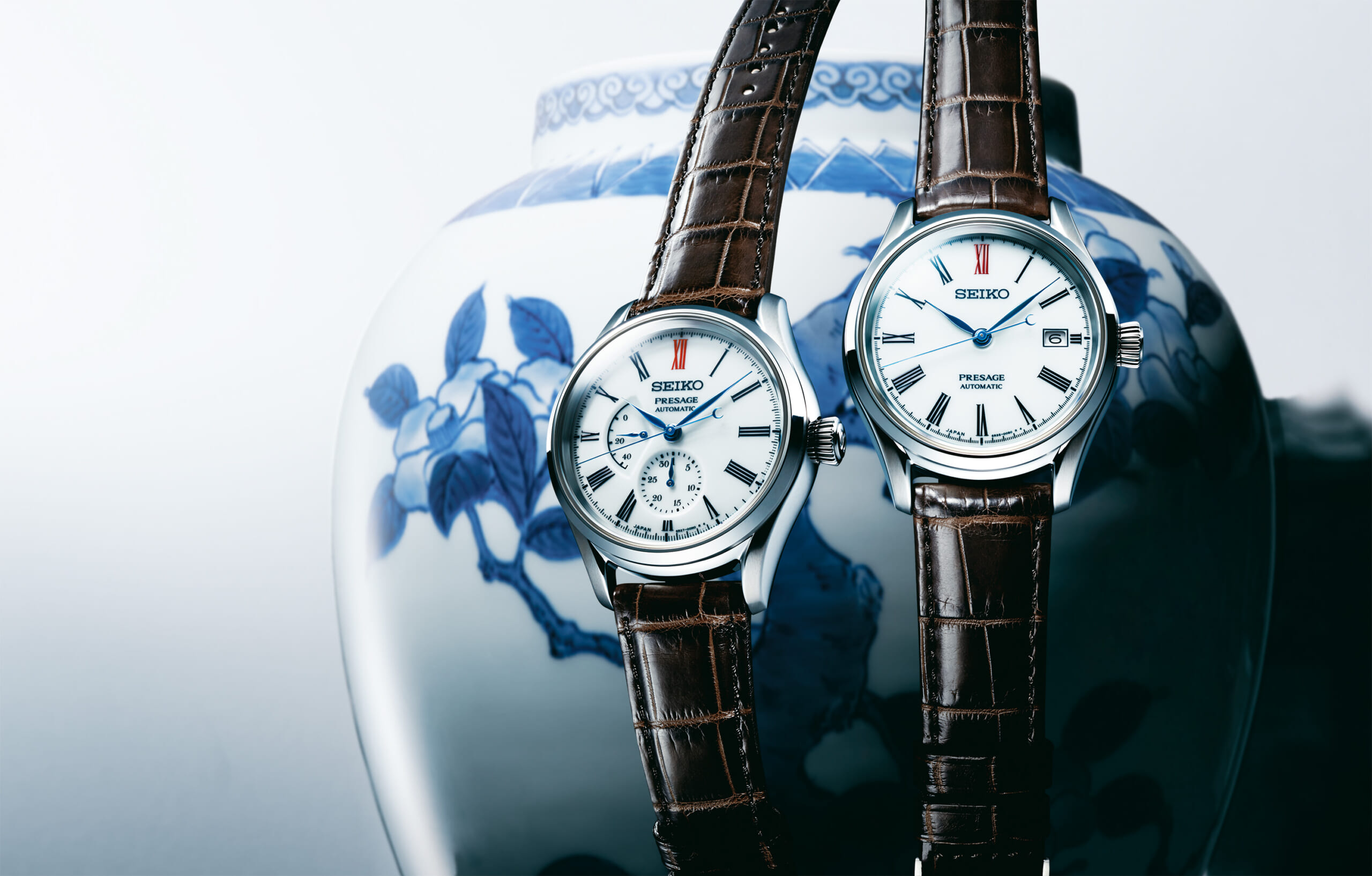
Inheriting Over 100 Years of Passion and Tradition in Watchmaking: Partnering with a Diverse Range of Traditional Crafts to Bring Japan’s Sense of Beauty to the World
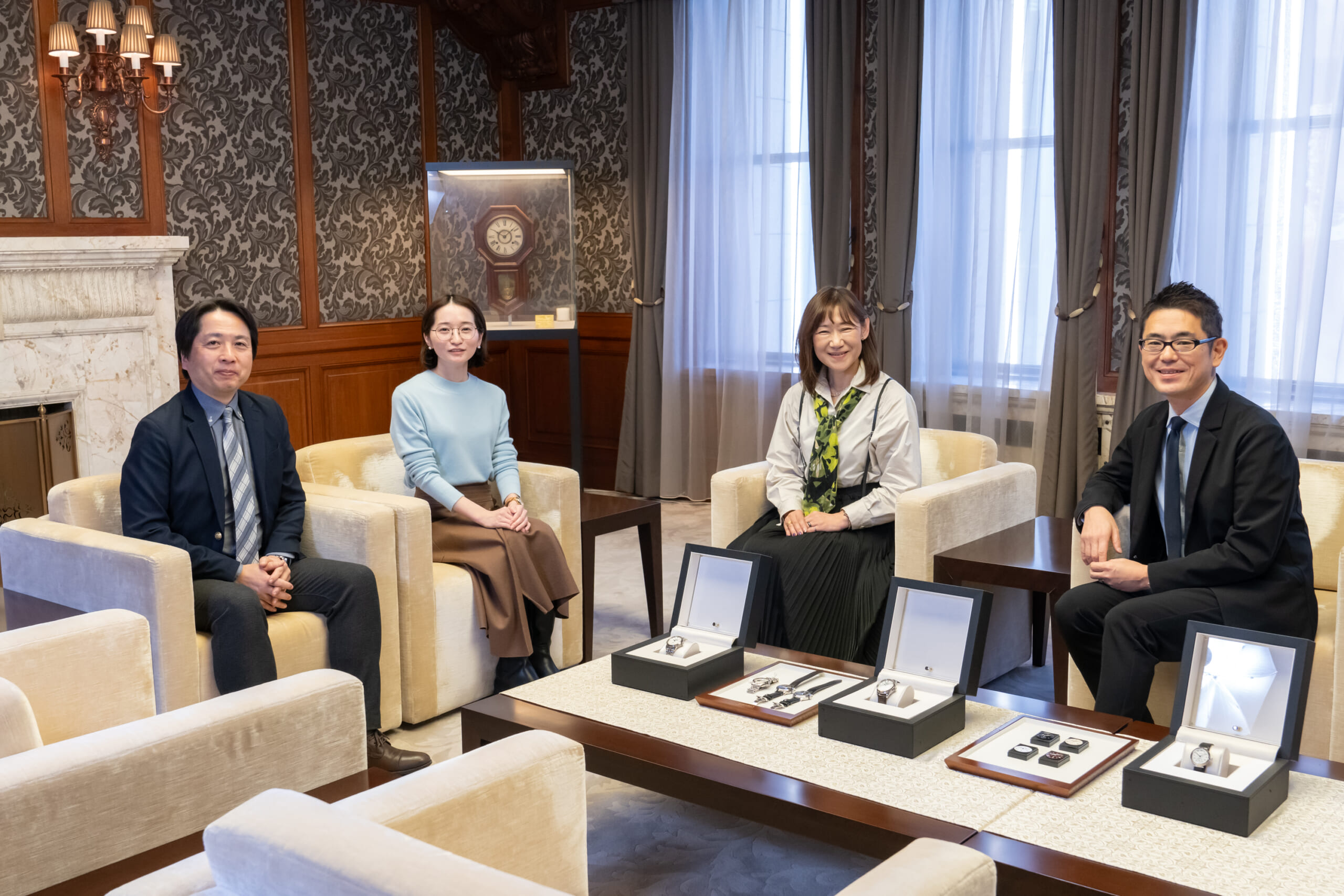
Takayoshi Hiraoka, Tomoko Tomita, Takako Goda, and Koichi Noguchi
Seiko Watch Corporation
In 2021, Seiko, one of Japan’s leading watch companies, celebrated its 140th anniversary. Its origins date back to 1881 when Kintaro Hattori founded the Hattori Tokeiten retail store. In 1892, he established the watch factory Seikosha, and in 1913, the company introduced Japan’s first domestically produced wristwatch, the Laurel. Since then, Seiko has continued to create numerous world-first and Japan-first products. Among its diverse lineup, including Grand Seiko, King Seiko, Prospex, Astron, 5 Sports and Lukia, there is one collection that has recently gained attention and acclaim not only in Japan but also internationally — Presage. The name Presage, derived from the French word meaning “premonition,” embodies the desire to have people enjoy the richness of time by merging Seiko’s long history with Japan’s unique aesthetic sensibility. As a mechanical watch collection infused with Japan’s craftsmanship, traditions and wisdom, Presage carries a deep and authentic story from its inception to the present day.
Chapter.01 High design aesthetics and functional beauty inspired by Japan’s proud traditional crafts and artistry: the concept of Presage is “a genuine, uniquely Japanese mechanical watch within reach.”
In 2013, for the 100th anniversary of the Laurel, Seiko’s and Japan’s first domestic wristwatch, Seiko created a special timepiece in its honor. The limited-edition model featured an enamel dial, just like the original, with a redesigned yet nostalgic aesthetic. To the company’s surprise, the watch sold out in no time, despite an industry dominated by solar and radio-controlled watches.
“Mechanical wristwatches are not just tools to tell time; they are lifelong companions. Within their small world, they encapsulate human history, wisdom and romance. Wanting to share the charm of mechanical watches with a wider audience, we launched the Presage collection in 2011,” says Hiraoka, General Manager of Public Relations, who previously played a key role in Presage’s product development since its early days. Despite minimal promotional efforts, the limited-edition model received high acclaim from customers, sales staff and watch media alike, marking a major turning point for Presage.
Following the success of the limited-edition model, the Craftsmanship Series was born. The timeless beauty of the enamel dial, unchanged even after a century, is a true representation of traditional Japanese craftsmanship and the spirit and mastery of artistry that is “takumi.” In 2023, Presage introduced four special limited-edition models to preserve and pass on the essence of Japanese beauty to future generations.
・Enamel, symbolizing the origins of Seiko watches.
・Urushi lacquer, exploring deep and lustrous reddish-brown tones.
・Shippo enamel, expressing the vibrant colors and transparency of the sea.
・Arita porcelain, featuring distinctive three-dimensional forms and a glassy glaze.
Each of these is a representative traditional craft, proudly developed in Japan.
Tomita, a designer involved in Presage since 2011 and responsible for the 2013 limited-edition model, reflects, “What kind of design will last for 100 years? As a designer, I see my role as distilling the essence of Seiko’s history, refining it and carrying it forward into the future.”
Another designer contributing to Presage’s aesthetics is Goda. “Visiting these craft regions and talking with artisans has been inspiring. Understanding why these traditional crafts have endured over time deeply influences my design process.”
The Craftsmanship Series focuses on making “the beauty of Japan within reach,” allowing people to experience the joy of traditional Japanese craftsmanship in their everyday lives. Its creation was driven by the developers’ desire to “blend Japanese traditional craftsmanship with Seiko’s technology and share it with more people,” alongside designers Tomita and Goda’s challenge to “express the artisans’ passion through design.”
Equally crucial were the engineers and technicians from the exterior engineering department, who bridged Seiko and the artisans to develop dials using materials never before seen in watchmaking. “As industrial products, watches must meet strict quality standards. However, traditional crafts are handmade, with each piece uniquely finished by artisans — that’s what makes them special. Unlike Arita porcelain jars or tableware, watch dials require micron-level precision, finer than a strand of hair. It took nearly 10 years of repeated prototyping before we could successfully produce them in large quantities.”
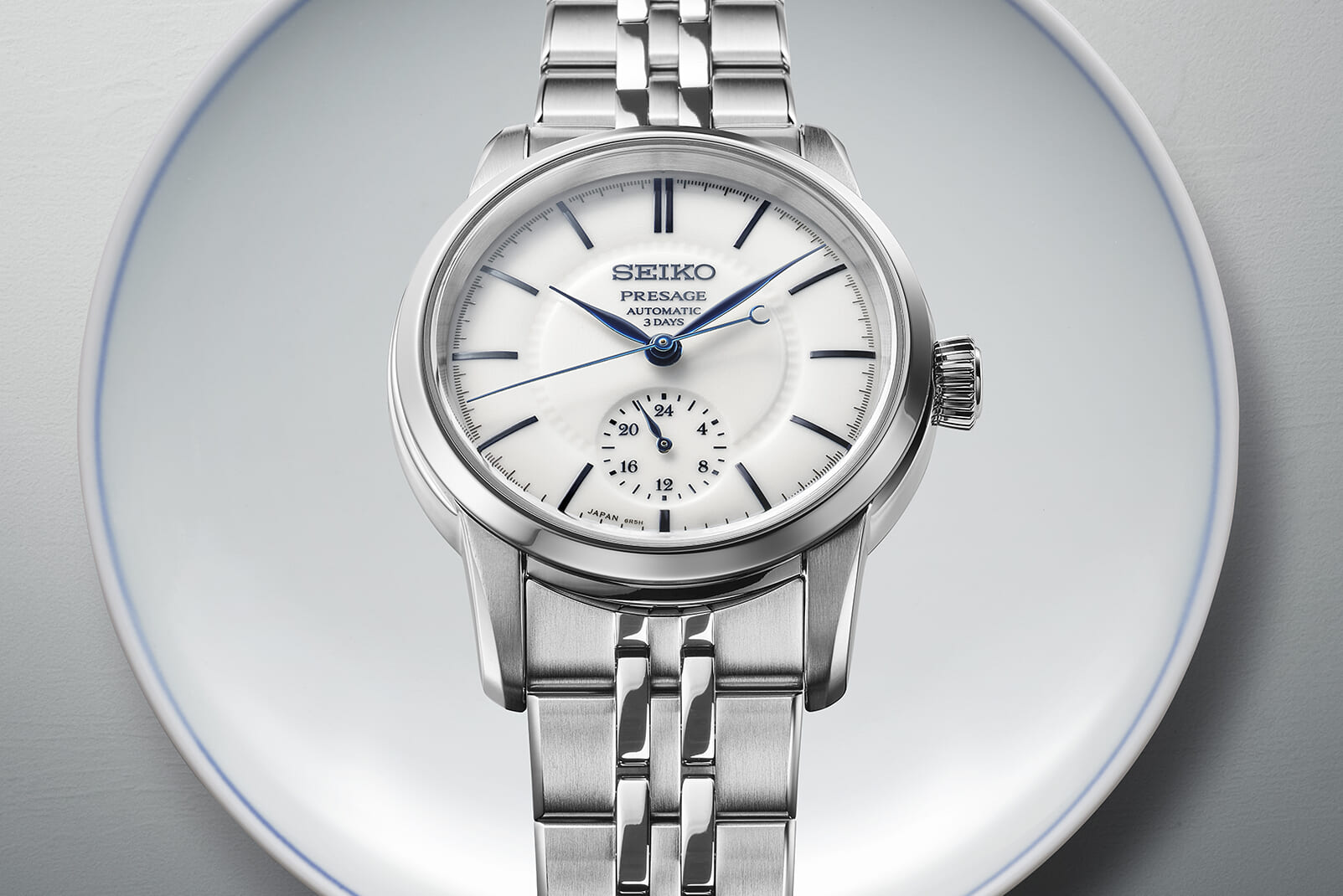
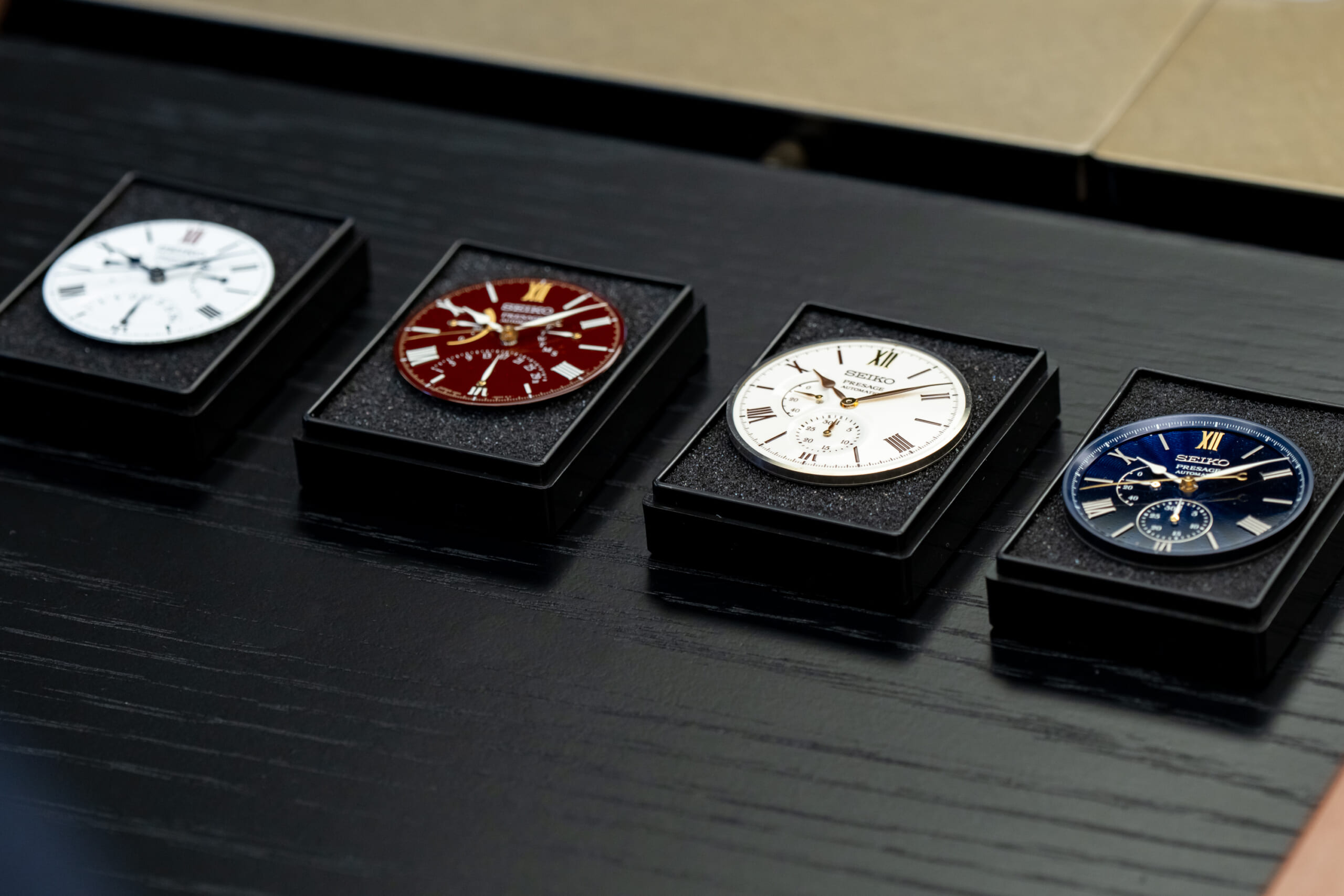
Chapter.02 Achieving an exceptionally rare porcelain watch dial in the industry, the unique vibrancy of Arita porcelain captivates many.
Arita porcelain, Japan’s first porcelain, originated in the Arita area of present-day Saga Prefecture in 1616. For over 400 years, it has been cherished throughout Japan as a treasured craft. On this special occasion, we visited Shingama, a historic kiln with a 190-year legacy, where we had the opportunity to speak with Hiroyuki Hashiguchi, the potter overseeing the Arita porcelain dial, and Toshiaki Kawaguchi, the kiln’s team leader.
“One of the greatest appeals of Arita porcelain lies in the accumulation of history, unique materials, inherited techniques and the passion of those who cherish it. This region is home to many historic kilns and pottery sites, a testament to the deep cultural heritage that so many people have contributed to and sustained. Each kiln has its own identity, and by recognizing and respecting each other’s strengths, they collectively form the unified brand of Arita ware.”
How does Hashiguchi perceive the collaboration with Seiko?
“To preserve tradition, innovation is essential. Arita porcelain has evolved to adapt to modern demands, becoming lighter and more compact over time. Crafting a watch dial from Arita porcelain was an unprecedented challenge, but it was also an immensely rewarding one.”
However, the journey from concept to production was fraught with obstacles.
“Porcelain is highly sensitive to temperature, humidity, air conditions, moisture content and even the size of its particles. Even when all measurable factors align, the final outcome remains uncertain until it is fired. It almost feels like divine intervention. The more refined the process becomes, the closer it gets to an industrial product. Yet, our biggest challenge was how to express the luminous beauty signature of Arita porcelain — its elegant, smooth glaze and subtle blue hue.”
A key factor in overcoming these challenges was the involvement of the Saga Prefecture Ceramics Research Center. Acting as a research and development hub for the Arita region, the center plays a crucial role in developing porcelain materials and glazes to meet market demands while supporting local kilns and manufacturers. To achieve the durability required for a wristwatch, they developed the world’s strongest porcelain, boasting more than four times the strength of conventional porcelain. By advancing the technology necessary to transform traditional crafts into industrially viable products, the research center greatly enhanced the feasibility of fusing Seiko’s precision engineering with Shingama’s traditional craftsmanship.
Balancing craftsmanship and industrial production, Shingama, the Presage development team and the Saga Prefecture Ceramics Research Center engaged in continuous trial and error. Their collaboration ultimately led to the birth of the first authentic Arita porcelain dial that met Seiko’s stringent quality standards.
“Presage embodies a manufacturing style where Seiko and Arita porcelain each leverage their respective strengths. In particular, the production process would not have been possible without the dedication of Nobuaki Kamachi, Director of Research and Planning at the Saga Prefecture Ceramics Research Center. The dial is the face of a wristwatch, but what’s even more important is the people behind it. If wearers can feel the presence of the artisans and the passion that went into creating it, that would be the greatest reward.”
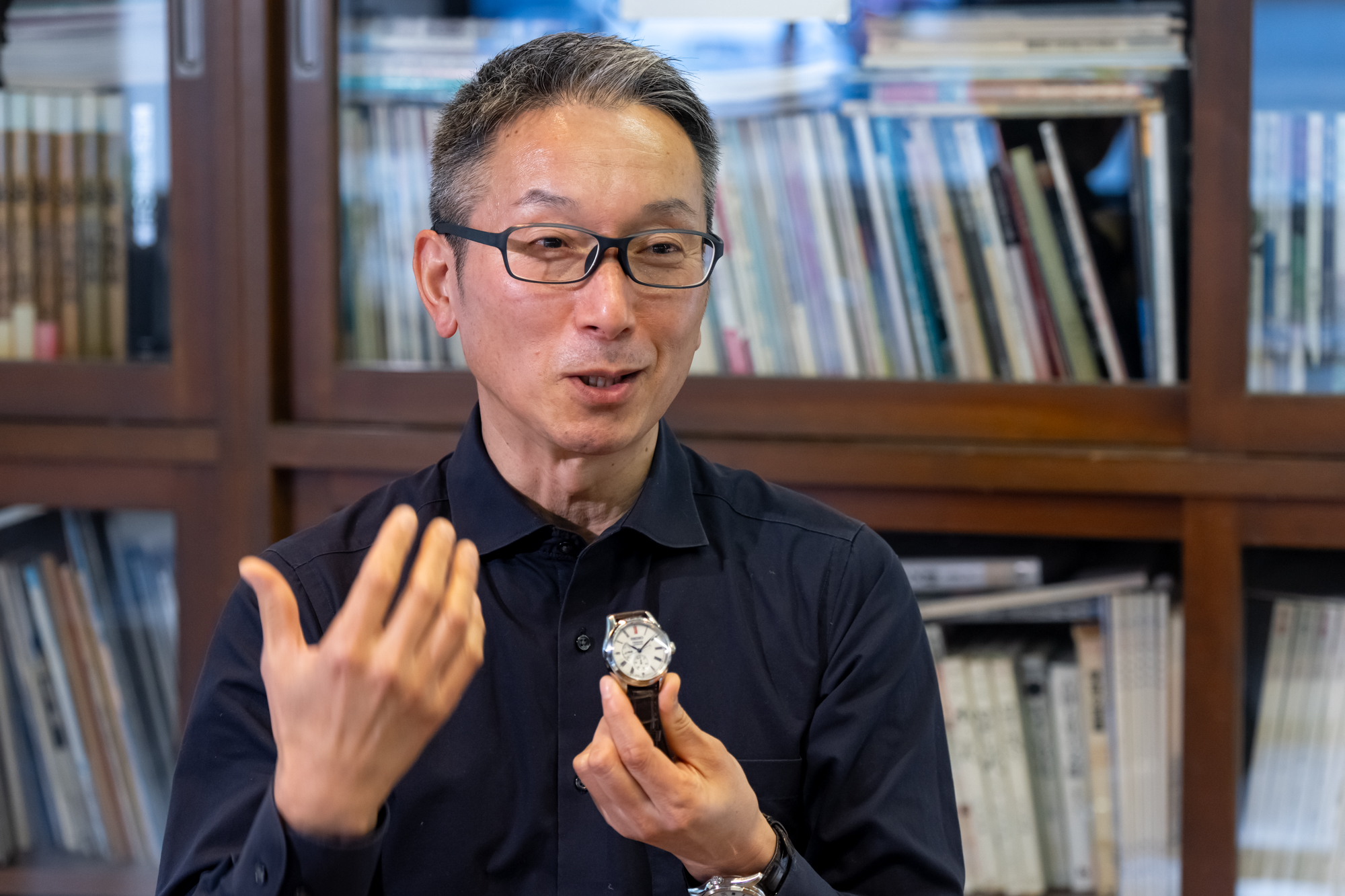
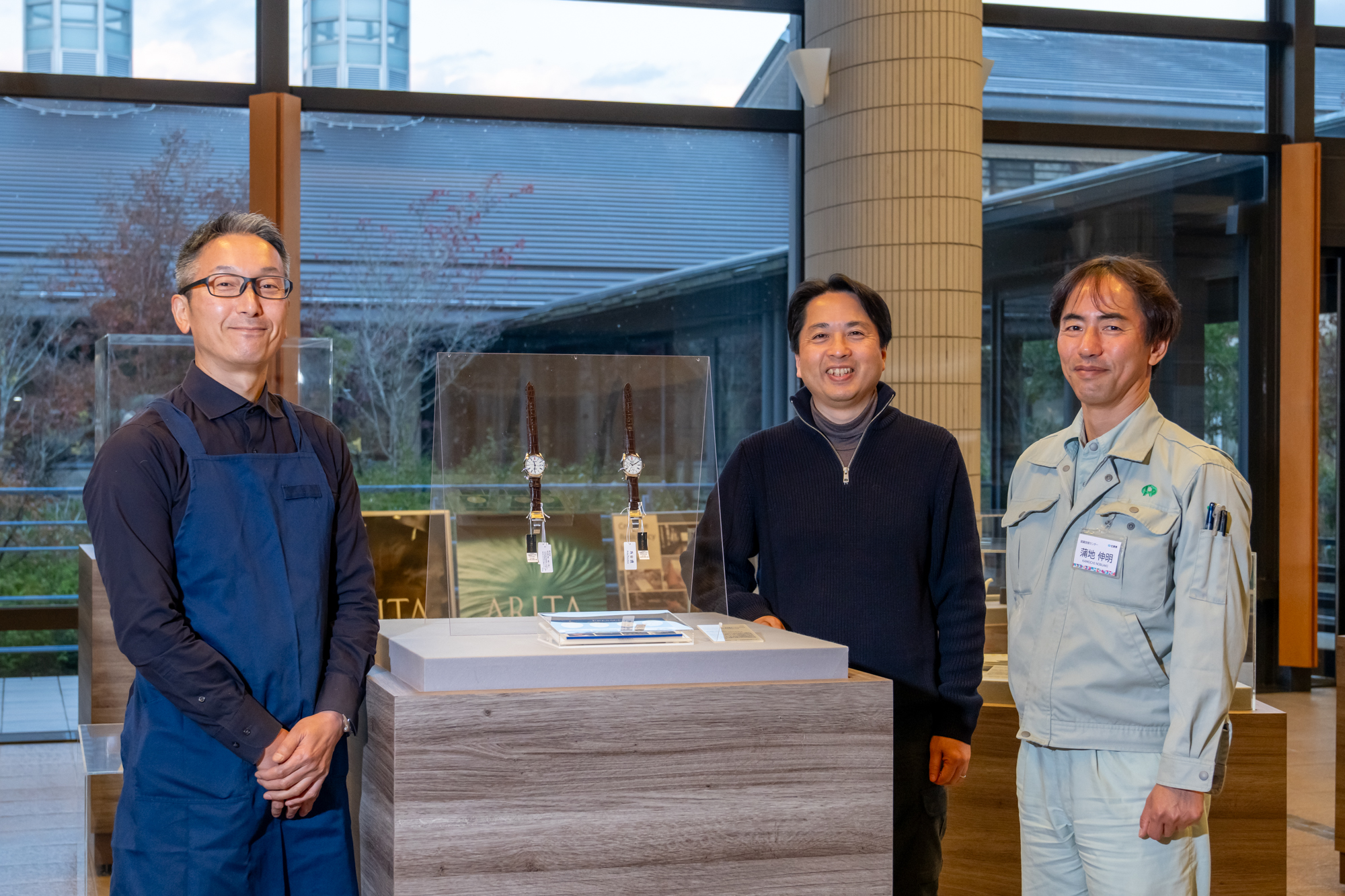
Chapter.03 Passing down Japanese tradition and master craftsmanship to future generations: the unique identity of Presage.
Presage’s unique mission of sharing Japan’s aesthetic sensibilities with the world has earned high praise, particularly in Germany, France and other parts of Europe. Beyond the exceptional quality of the watches themselves, the deep respect for craftsmanship and the rich cultural narratives behind traditional techniques seem to resonate strongly with global audiences.
Hiraoka emphasizes, “You can’t fully appreciate authenticity until you see it in person. For example, no two Arita porcelain dials are identical — each has its own distinct character. That’s why we make sure to explain them differently from mass-produced industrial products in stores. Similarly, the rich, infinite depth of the black lacquer dial is something that can only be truly understood when seen firsthand. It takes time to convey these qualities, so we take a patient and deliberate approach in introducing them to the public.”
Designer Tomita expresses the joy of collaboration, saying, “Bringing so many people together to create a single product is incredibly fulfilling. As a designer, I feel fortunate to connect artisans, sales teams and customers through my work.” Designer Goda adds, “I focus on achieving a comfortable size and balance that feels right for today’s wearers.”
Presage now features a diverse lineup, including:
・The Craftsmanship Series, known for its dials showcasing traditional techniques.
・The Classic Series, inspired by the philosophy of functional beauty.
・The Cocktail Series, with its glossy, cocktail-inspired color dials.
・The Style 60’s Series, reflecting timeless vintage Seiko aesthetics.
・The Japanese Garden Series, featuring dials inspired by the elegance of traditional Japanese gardens.
With a wide range of models and price points, Presage is designed to appeal to everyone — from first-time mechanical watch buyers to devoted enthusiasts. At its core is a wish: “We hope that Presage becomes the gateway for people to discover the beauty of mechanical watches, turning them into fans of Presage, and ultimately, of Seiko itself.”
Seiko was the first in Japan to create a wristwatch featuring an enamel dial. Carrying forward the spirit of past generations in craftsmanship is also a way of showing respect for Japan’s traditional arts. “Presage still has immense potential. By continuing to grow, we hope to provide more opportunities for artisans to thrive. At the same time, by sharing the unique appeal of these traditional craft regions, we also want to contribute to the communities that keep these traditions alive,” says the Presage development team. This vision remains unchanged and will continue to drive Presage forward in the years to come.
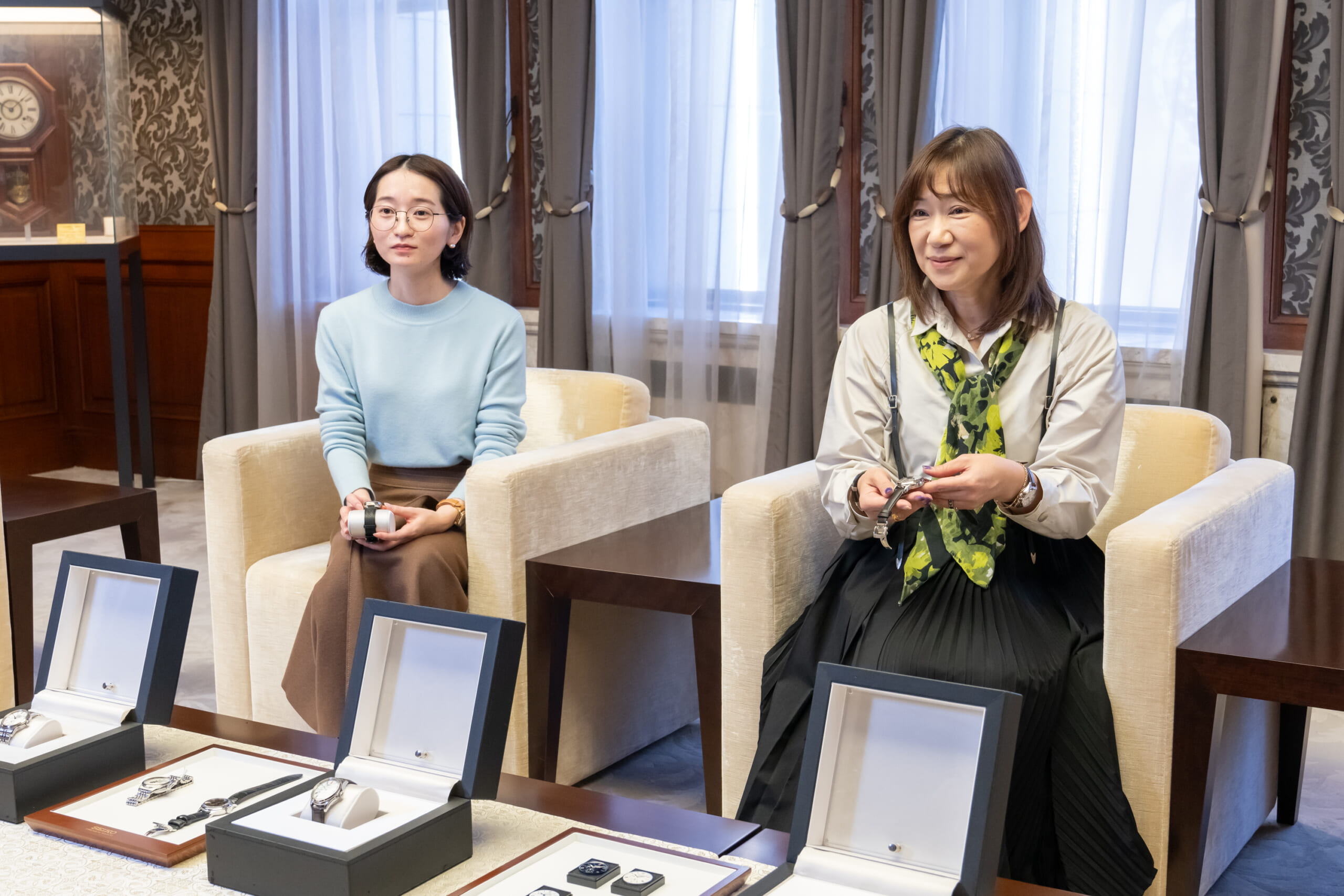
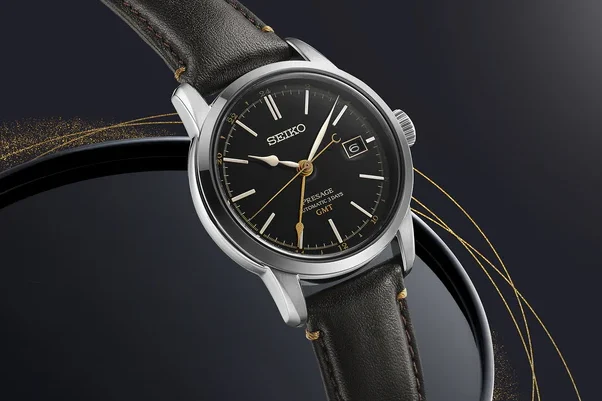
In the fast-paced flow of daily life, taking the time to truly enjoy the passage of time is a rare luxury. Wearing a favorite wristwatch can uplift your mood, allowing you to appreciate the passion and craftsmanship behind it. These fleeting moments of connection are what make mechanical watches so enduringly captivating — their essence lies in the experience itself.
Presage, a groundbreaking fusion of industrial precision and traditional craftsmanship, opens the door to deeper curiosity about Japan’s heritage and its regional artistry. Through this watch, one may discover new perspectives and uncover hidden cultural treasures. More than just a timepiece, Presage offers a unique opportunity, not only to enjoy time but also reflect on the beauty and traditions of Japan.
Written by Takahiro Miura
Interview dates: Nov. 28, 2024 and Dec. 5, 2024


